The wine wonderland of Germany you’ve never heard of
It is a miserable, cold dreich day in Berlin. I’m looking back at pictures from last summer, a summer of travel like no other when life seem to back to normal almost. I’m time travelling again, as one does in moments of strife. I’m wishing myself back to the start of the journey from Dresden where I was about to jump on the S-Bahn train heading to Radebeul, heart of Germany’s smallest wine region- Saxony.
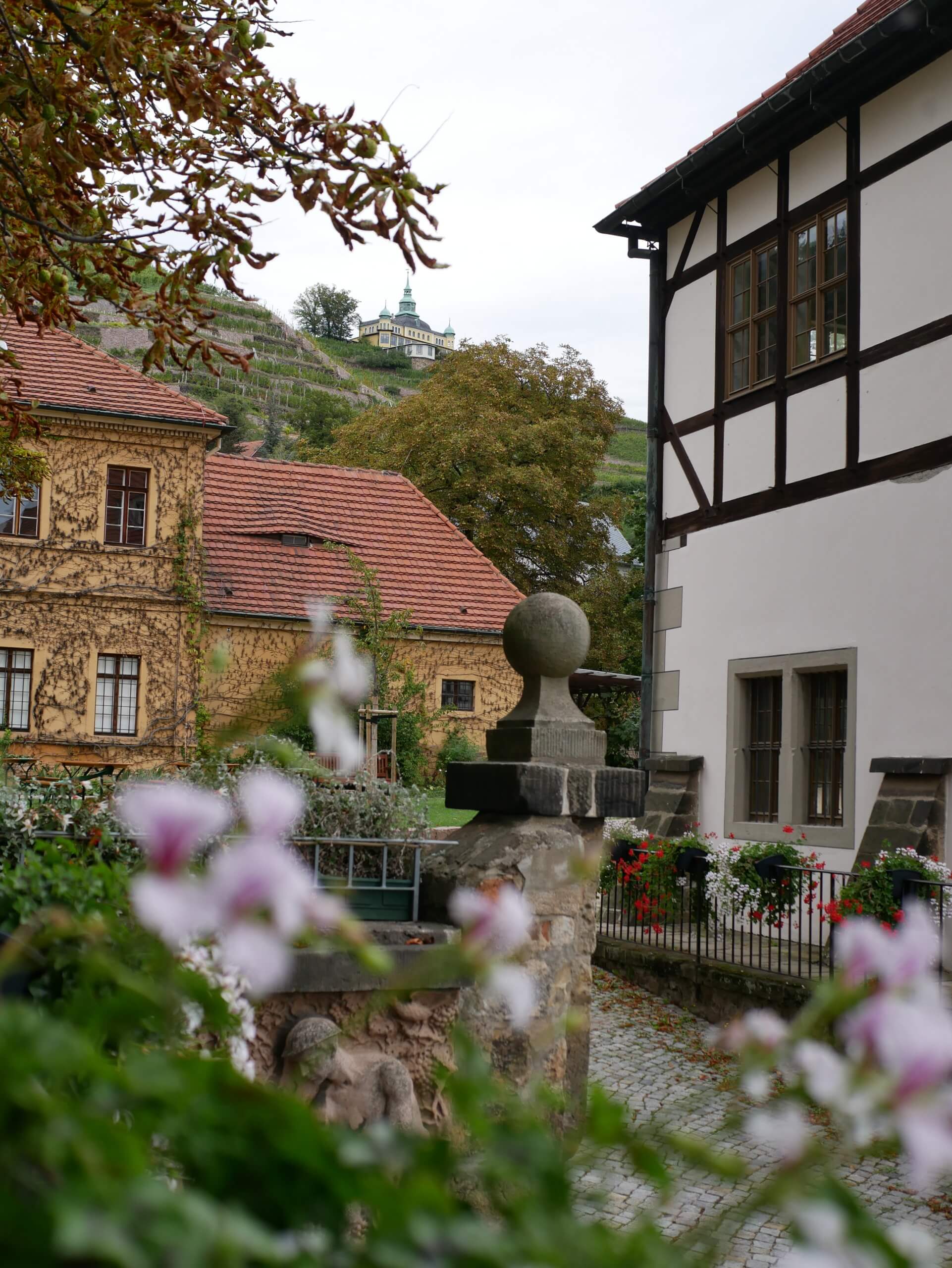
It was a similar misty, moody day at the end of the summer. South of Dresden, the landscape becomes widescreen, spread out like a Super 8 film and terraced vineyards arch steeply into your view. They stand sturdily upright, protectively framing the terraced landscape, as they’ve done dutifully, for almost the last 850 years. I close my eyes and imagine what the valley would have looked like back in the 12th century. The area had been considered something of an economic backwater, undeveloped and unloved until a senior member of the Catholic Church, Bishop Benno had the grand idea of planting vines there, which legend dictates, was to help cultivate wine for his Holy Mass. An unusual intervention but then again as Europe’s most northern wine growing region, the Sachsen wine region has always defied the norm. Even when the odds have been stacked against them. After overcoming the steep decline in temperatures that swept Europe in the 18th/19th century (that turned Sachsen wine into a sour, unforgettable mess), in early 19th century, Saxony was hit by the Philoxmena plague that destroyed the vines. That, combined with the fact that large breweries of the time reduced the price of their beer, sounded the death knell of the wine industry. After the barren years of communism, wine making in the region has made a comeback in the post reunification era, thanks to the joint collective efforts of independent winemakers in the region.
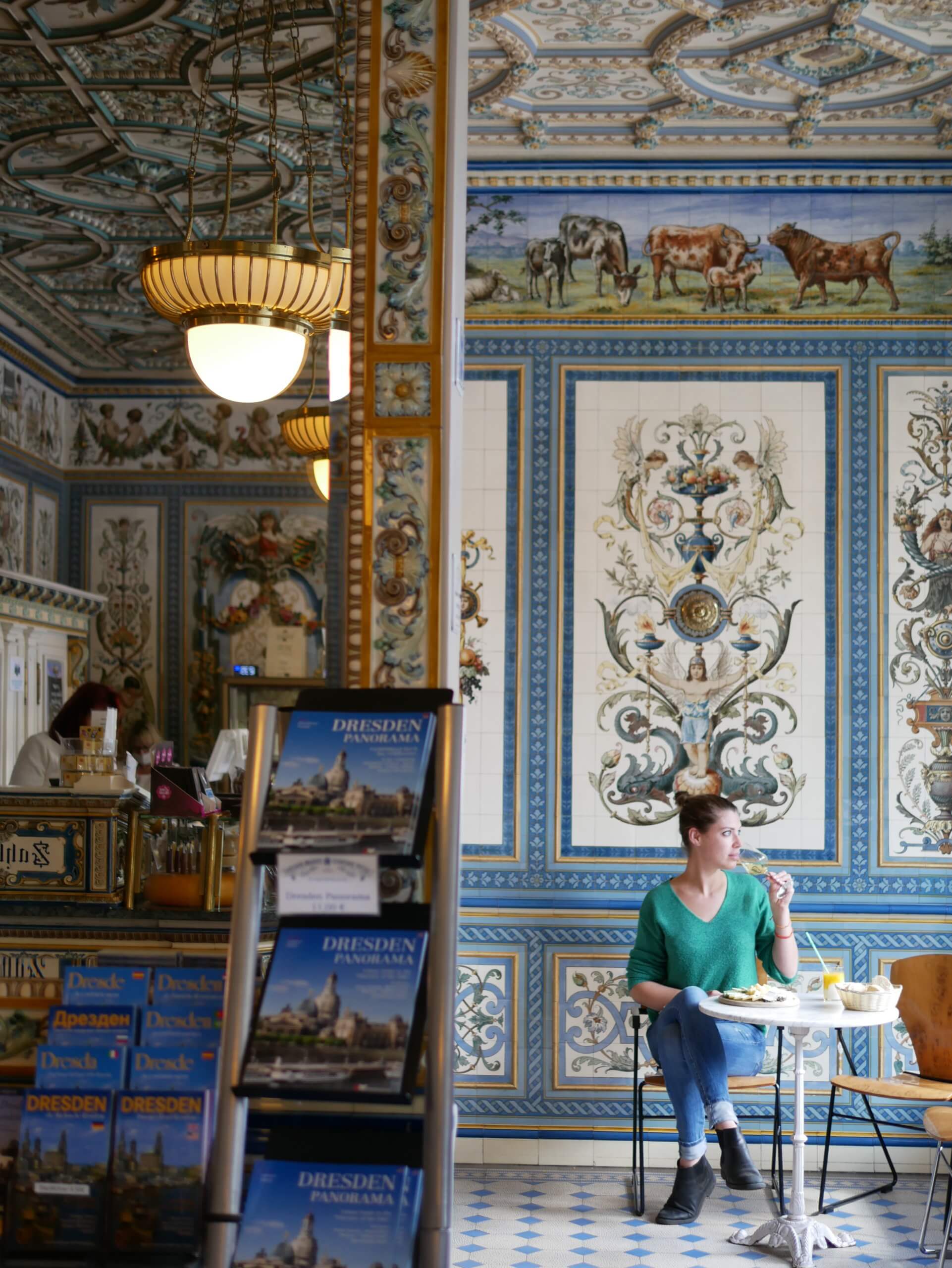
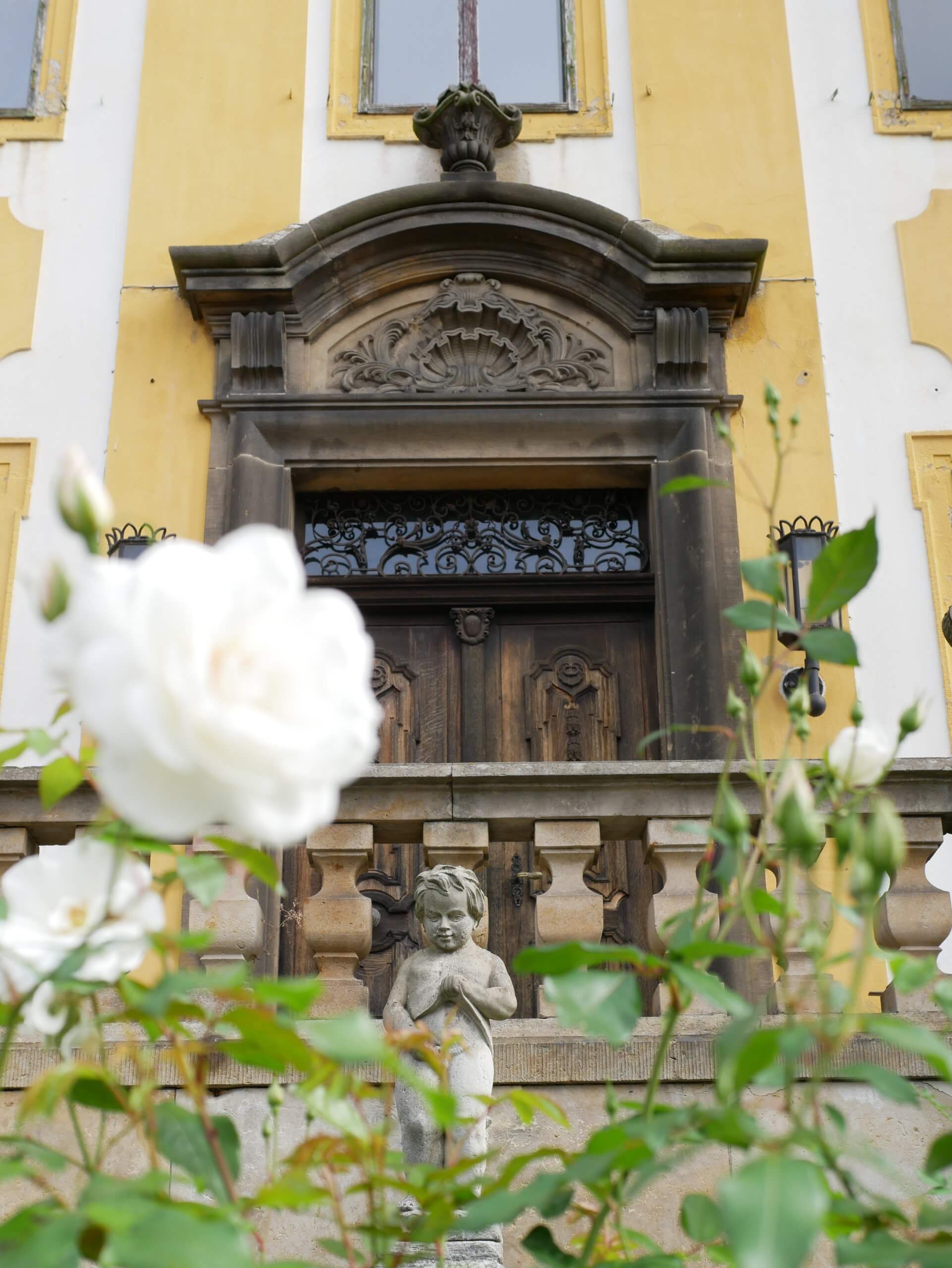
Now there’s even a wine route for you to follow and help discover the region. Winding its way for almost 60 km along the Elbe River, the Saxon Wine Route was established in 1992 to help hikers discover Germany’s smallest wine growing region. It is a beautiful trail that promises a fantastic mix of beautiful vineyards, cosy traditional wine cellars, historic towns, sophisticated architecture along the river Elbe, between the starting point which is in Pirna and the end in Diesbar-Seußlitz.
There are a number of ways to discover the region, depending on the time of the year and how much time you have on hand. You can tackle the route through individual legs, circular walks, or go for the whole distance. We started in the middle with Radebeul, at the gates of Saxony’s gorgeous baroque capital, Dresden.
Radebeul is a dreamy little town. It has this lovely relaxed laid back vibe, thanks to the impressive hillside vineyard landscape edging up from the Elbe. There are lots of artist workshops, galleries and cute boutique shops to explore plus you have one of the oldest narrow gauge railway lines in Germany, where nostalgia evoking steam trains chug their way to neighbouring Radeberg.
In addition there are a bunch of independent wineries, which form the basis of one of the town’s most popular events, the Radebeul Winefest. Celebrated at the end of September to mark the onset of Autumn, the festival besides marking the initial wine harvest also takes place in parallel with the Internationales Wandertheater Festival (International Itinerant Theatre Festival).
You have an intoxicating combination of Radebeulers chugging down the sweet young Federweisser wine and at the same time art, clowns, musicians and actors turning the cobbled streets into a stage. With all the wineries of the Saxon Wine Route showcasing their wines, it is the perfect introduction to the route.
In what becomes a bit of a ritual in the days to come, I wake up at the crack of dawn to catch the most magical sunrise by the Elbe.The autumn mist hangs mystically in the air creating this cauldron of deep blue smoke. I don’t know whether it’s the hangover still talking (another ritual I would develop over the days to come) but for a few split seconds, the Elbe for a brief moment, seems to rise above me, serpent like, into the hazy morning sky.
The mist lifts, sky breaks to reveal the most glorious Autumnal sunny morning. My head, still aches from all that delicious Federweisser so it’s perfect timing to head to one of the wine route’s most famous and popular wineries, Schloss Wackerbarth.
Exquisitely Saxon is the motto of Schloss Wackerbarth but can be applied to most vineyards here. One of the distinguishing characterstics of vineyards like Schloss Wackerbarth are their centuries old steep vineyards bounded by dry stone walls. Maintaining these stone walls, some hundreds of years old, is an expensive setup that demands a great deal of manual care. Working the vines, on these steep terraces is a real labour of love, a lot more exhausting than simply driving a tractor through a flat field of vines.
The end result is pretty special. The grapes are handpicked. The vines deliver incredibly mineral, intensely flavored grapes. Also the grapes here achieve a surprising ripeness, odd, considering their northern latitude. When you consider the small quantities these wines are produced and their local popularity, finding them outside of Germany, or even outside of Saxony for that fact is quite difficult, what you sample here is unique. That’s what makes any trip along the Saxon Wine Route, a very special experience.
Exquisitely Saxon. In my mind, the motto symbolises the Saxon way of wine harvesting and other things in life: exquisitely hard, but ultimately one that has the best end result in mind. Keeping that motto to heart we hike to the neighbouring winery of Hoflößnitz. Sometimes dubbed the ‘stairway to heaven’, walking up the old stone staircase of the winery, almost out of breath, I do feel for a few moments close to heaven. I reach out my hands to see if I can touch the infinite blue and then stare away disappointed, only to be gifted the most stunning panoramic view – the winery and the iconic Belvedere, where only just moments before I had been enjoying a glass of delicious Sekt.
After an hour jaunt we pass the famous Spitzhaus staircase, where from the top of its 397 stairs, you get a fantastic panoramic view of Radebeul. If you’ve timed your ascent perfectly, you’ll spot in the distance, the impressive sight of the Radebeul-Radeburg steam locomotive winding its way through the Lößnitzgrund. It is a great place for a picnic which was what we did. If you are glutton for punishment, the Spitzhaus is also home to Mount Everest Treppenmarathon, which the website site of the German Ultramarathon Association describes the run as “the heaviest and largest extreme stair run in the world”. The idea is to the climb the length of Mount Everest in upto 24 hours. 8,848 meters can be covered in 100 laps. Not, for me. Lets get back to the wine.
Hoflößnitz winery is the cradle of Saxon viticulture, representing a 600 year proud history of wine culture on the slopes of Losnitz. The vineyards dates back to 1203 when Wettin Margrave Wilhelm I acquired the village of Kotchenbroda in 1401 with all its fields, meadows and vineyards. The centrepiece of the winery is the historic Lust und Berghaus , built for Saxon Elector Johann Georg I in 1650 which now houses the Saxon Viticulture Museum. You can dig into the centuries old rich history of wine making, the work of the winemakers of past centuries and their equipment. You’ll find maps, models and works of art that illustrate the peculiarities of viticulture in the Elbe valley. Other notable reasons to visit is to see Albert Eyckhout’s (a court painter, from the Netherlands) lavish ceiling frescoes in the castle’s banquet hall, a masterpiece of art that features 80 Brazilian birds. Besides guided tours through the historic vineyards, it is worth noting that in the Press House is housed the Saxon Wine Route Visitor centre, where you can plan your trip along the wine route. Last, but most importantly at the end you can sample a delightful glass of Hoflößnitz wine at the onsite Weinstube.
‘Klein aber fein!’ (Small but beautiful)
Katharina Pollmer
Katharina replied with a twinkle in her eye when I asked what makes the wine route and area unique. One thing I’ve quickly realised over the course of my trip is that most of the wineries, barring a few major producers like Schloss Wackerbarth are quite small in their scale. The focus in boutique wineries like Schuh is less about scale but more in producing wine ‘with character and soul’. This passion for character and soul reflects in their onsite winery restaurant where we have a fabulous 4 course dinner at night. Klein aber fein is also a perfect way to describe the village of Sörnewitz and the vineyards too. On the steep slopes of the village, we spot the dreamy spires of Meissen’s cathedral on the horizon. To our left, we see the misty eyed Elbe, an ever constant, reassuring presence on our journey. A feeling of deep satisfaction sweeps over me with as I sip on a glass of Katharina’s wonderful riesling.
‘I can escape into nature easily here which is perfect for the times we live in.’
Katharina Sommer
A few months have passed since our trip to Saxony. I’m back in Berlin, deep in the musty red roots of Autumn. The trip and our wine filled days of wonder and fairytale castles, beautiful villages are a distant memory. All I have is a bottle or two of some of the wines from the trip. We are a few days into another long lockdown awaits in Berlin and the rest of the Germany. There will be plenty of time to reminiscence about our trip to Saxony and other trips. While I love the comfort of the place we stay in and Berlin itself, somehow a nostalgic part of me longs to be back in Saxony. I miss the daily series of slow rituals that characterise the best holidays. For us in Saxony it was to get up at the crack of dawn, enjoy sunrise by the Elbe, watching the autumn mist hang above the meadows, a filling breakfast (which always true to local tradition, involve lots of delicious local cheeses, meats and a glass of the local sparkling wine Sekt), then a long hike which involved maybe a beautiful fairytale castle or two, then onto a winery, sampling a few glasses of wine accompanied by a dreamy sunset and then after a delicious meal, we sunk happily into one of the many beautiful hotel beds along the wine route and eagerly awaited the start of another day on the wine route. The more I discovered the route, the more I wondered why still so little is known about this region and its wines in UK and beyond. That not only goes for the wine but for Saxony itself. I search in my mind for an answer and that brings me back to the penultimate winery of our trip and probably our most memorable one- Weingut Klaus Zimmerling.
Picture this. It was another spectacular late summer sunset by the Elbe. We’re standing in the vineyard of Klaus Zimmerling, high in the steep rolling hills above the picture postcard village of Pillnitz. When you see scenes like this , you understand why Dresden once earned the epitaph ‘Florence on the Elbe.’ For a moment I feel like I’m in Tuscany.
The fiery ball of orange, sinking into the horizon saturates our skin and wine glasses with beautiful hues of colours – orange, pink and then purple. While sipping on the wine I admire one of the graceful female sculptures, by his wife, Malgorzata Chodakowska. I don’t know whether it’s Malgorzata’s subtle ethereal sculptures or the wine talking but I feel that I’m somewhere quite magical. There we were, sunk in green lush rich fields, interspersed with tall magnificent trees, bathed in the rich glow. In the distance, Klaus points out the mystical fairytale vista of the Sachsen Switzerland mountains.
‘You should come to Saxony with an open mind and discover the region for yourself.’
Klaus Zimmerling
Until then, Klaus Zimmerling had been a man of few words. Only when showing us the landscape or uncorking another bottle of wine, I see his eyes sparkle. I posed to him the same question as to why so little is known about the wine region. It could be the fact, that the region produces only 0.2% of Germany’s wines. Zimmerling only produces around 14,000 bottles a year which are quickly sold out. The wine is more expensive than the average bottle of German wine. In an era where everything is built for mass consumption, I find it comforting that the wine I maybe drinking, will be no longer – tomorrow. In uncertain times like this, where the future is difficult to predict, it is more important that we savour the smaller details and gifts of life. Like a good bottle of wine. I have two bottles of Zimmerling’s signature high-quality organic Riesling wine left. I will save it for the cold nights ahead. It will be a moment worth waiting for, only, a brief few moments, to be transported back to memories of a beautiful late summer by the serpentine Elbe river. Memories of early misty mornings, of some good wine and the eternal hope of better times to comes around the bend.
Essential facts
Planning your trip
We stayed in a mix of hotels within the wineries ( was perfect!) and aparthotels-all very decently priced. Will share more practical information in our next post which will be a ‘how to’ guide for exploring the Saxony Wine Route. So stay tuned for that post. Plus, in the meantime, if you are thinking of planning a trip to Saxony in the near future, checkout their new microsite – Saxony Travel Dreams, where you’ll find lots of inspiration & practical tips.
Disclaimer
Please note that alongside Sabrina, I was invited to Saxony to write and create a video about the Saxony Wine Route. All the opinions expressed in this piece are entirely my own. I had planned to do this trip so I was really grateful for this trip and opportunity, especially give the year we had with little or no work. So I’d like to say a huge thank you to Dorothea, Nadine, Wolfgang and the TMGS team for inviting us back to Saxony and sharing their beautiful region with us. We hope to return soon!
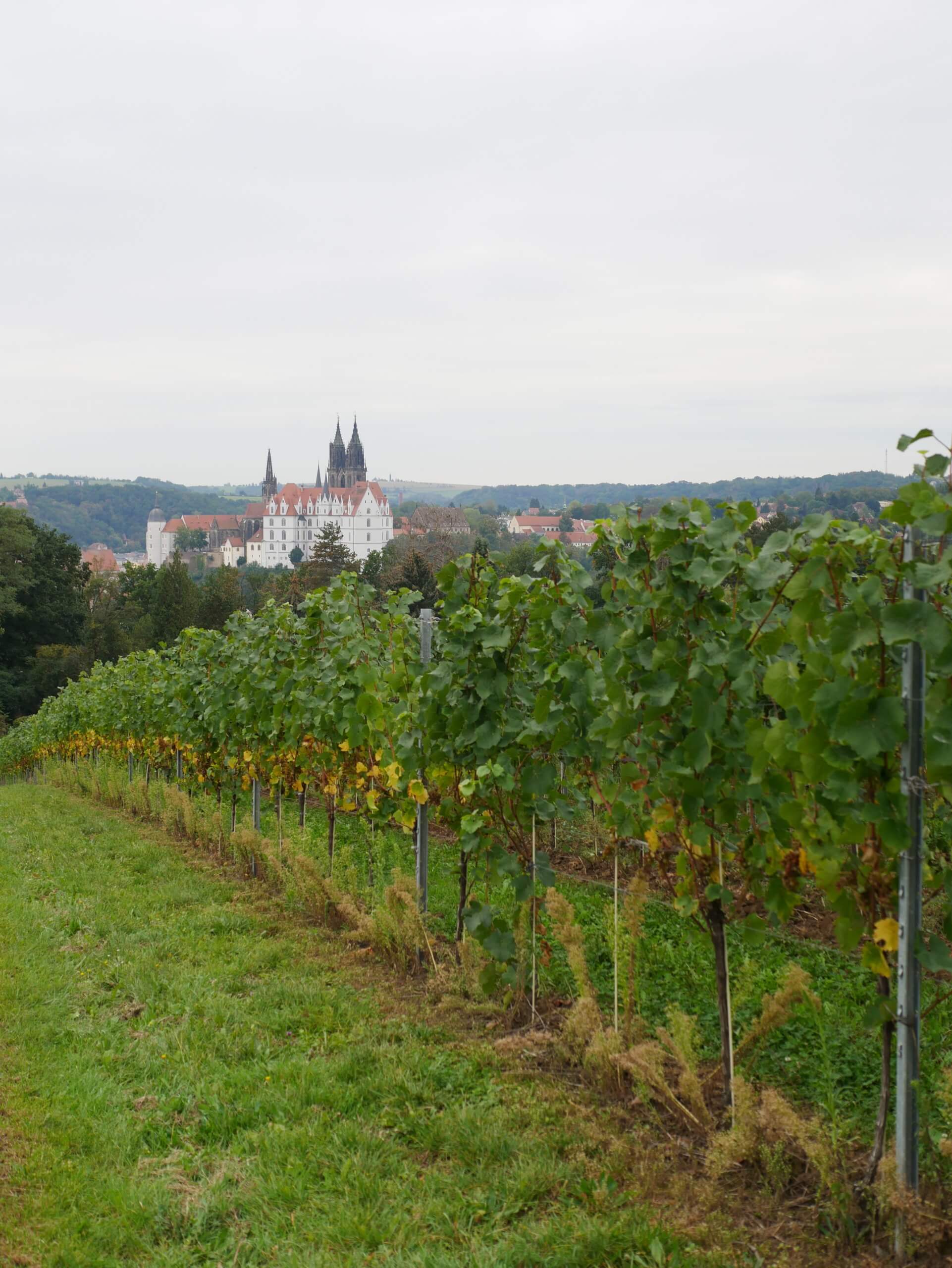
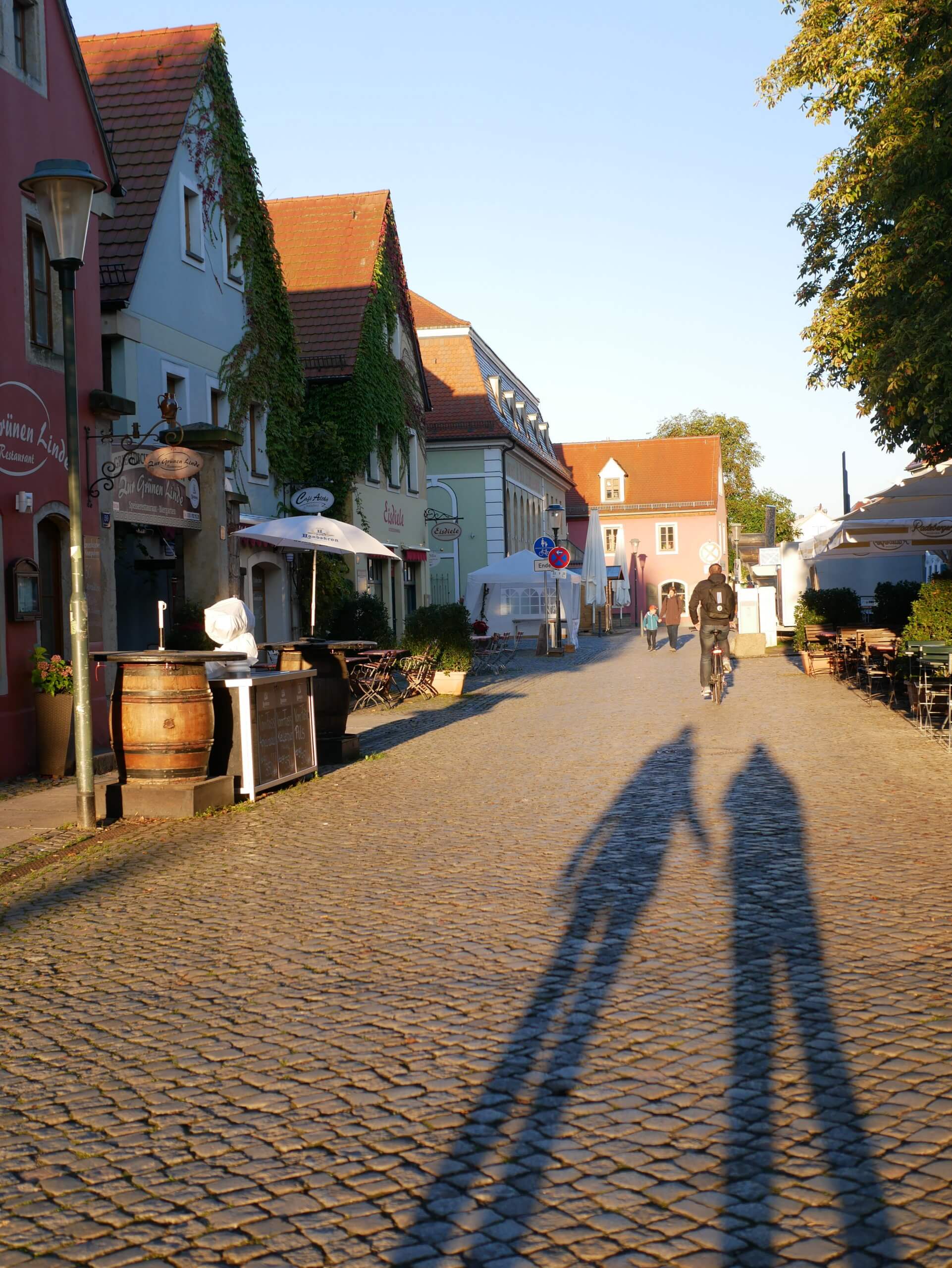
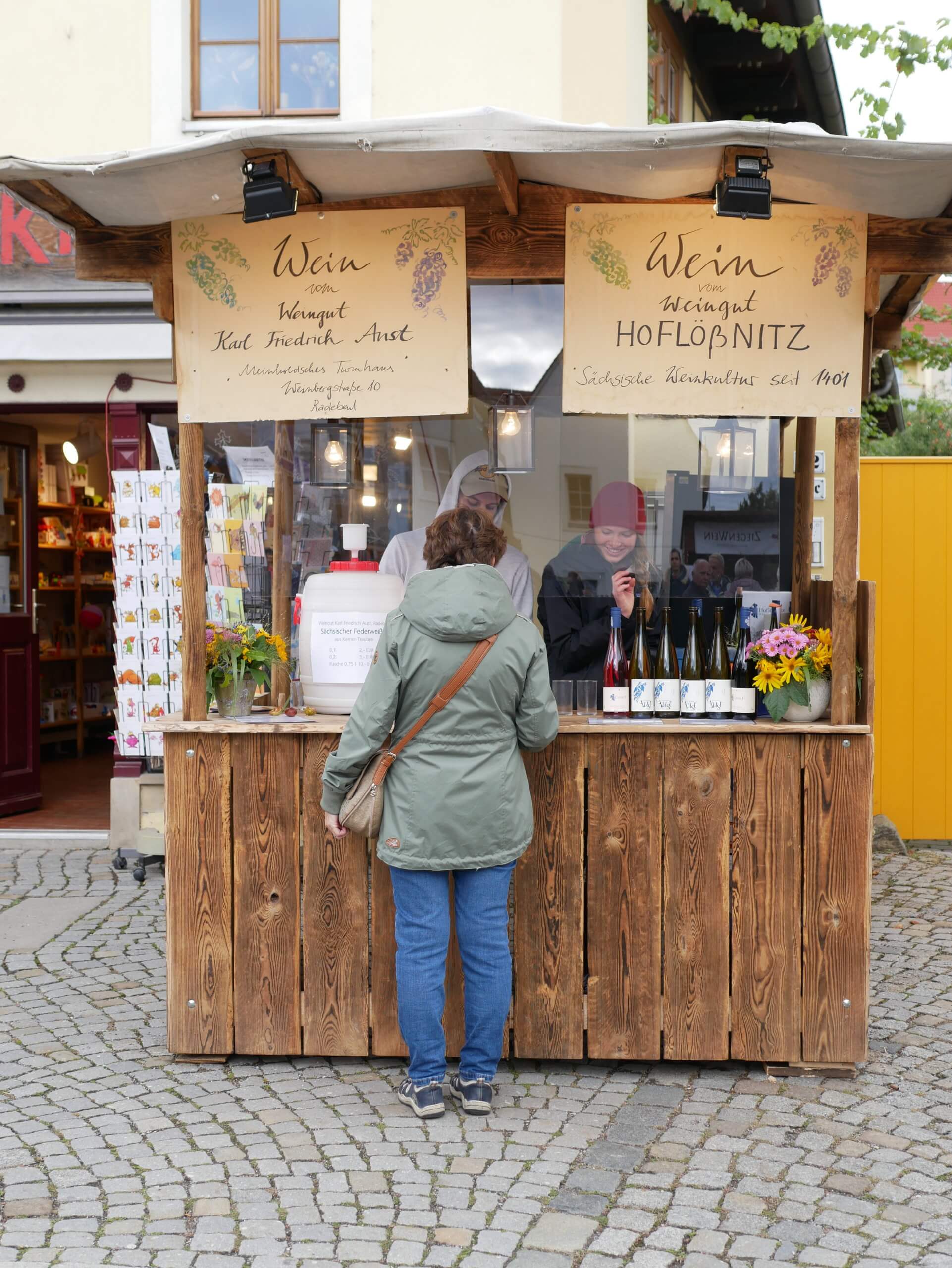
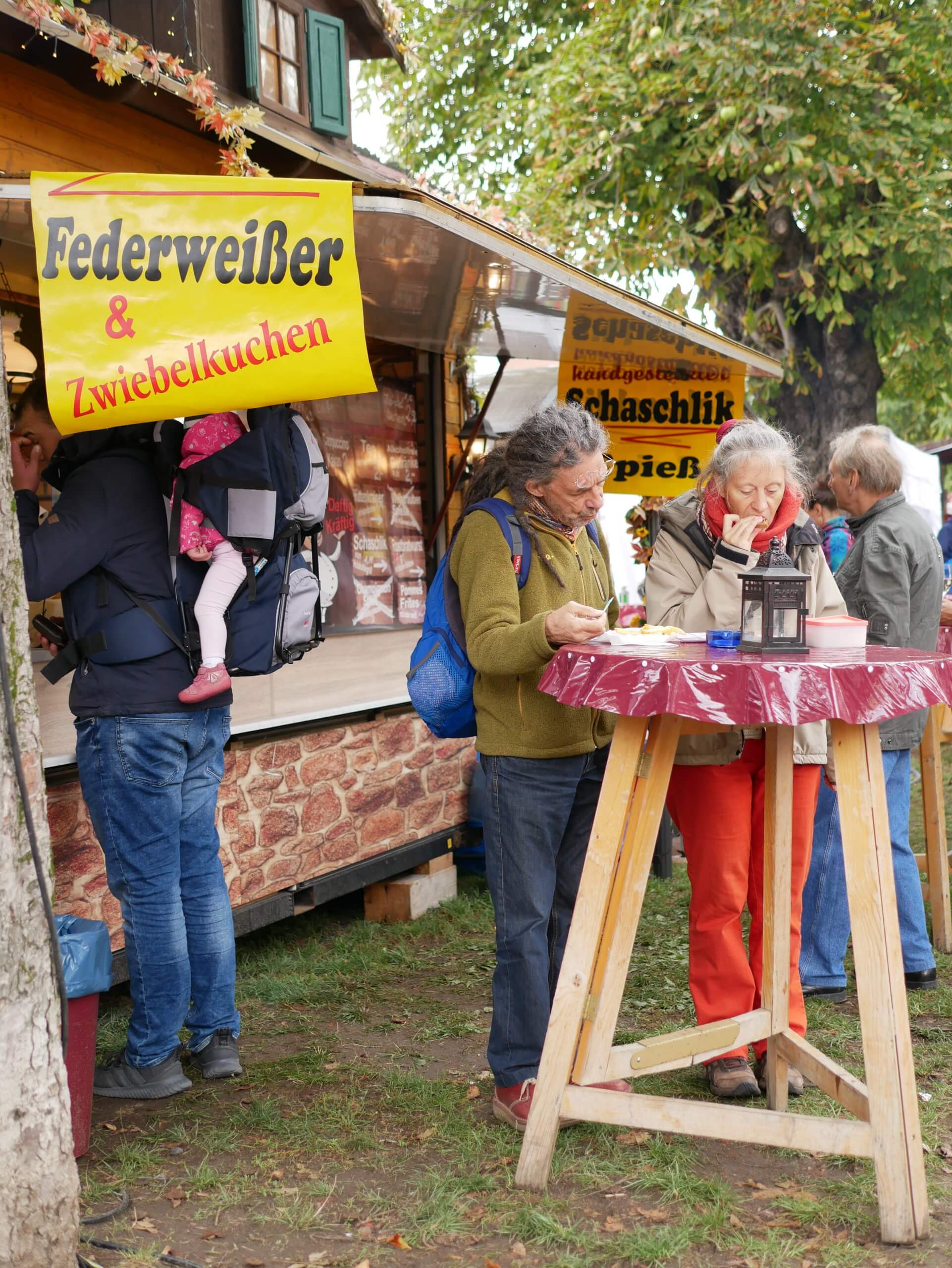
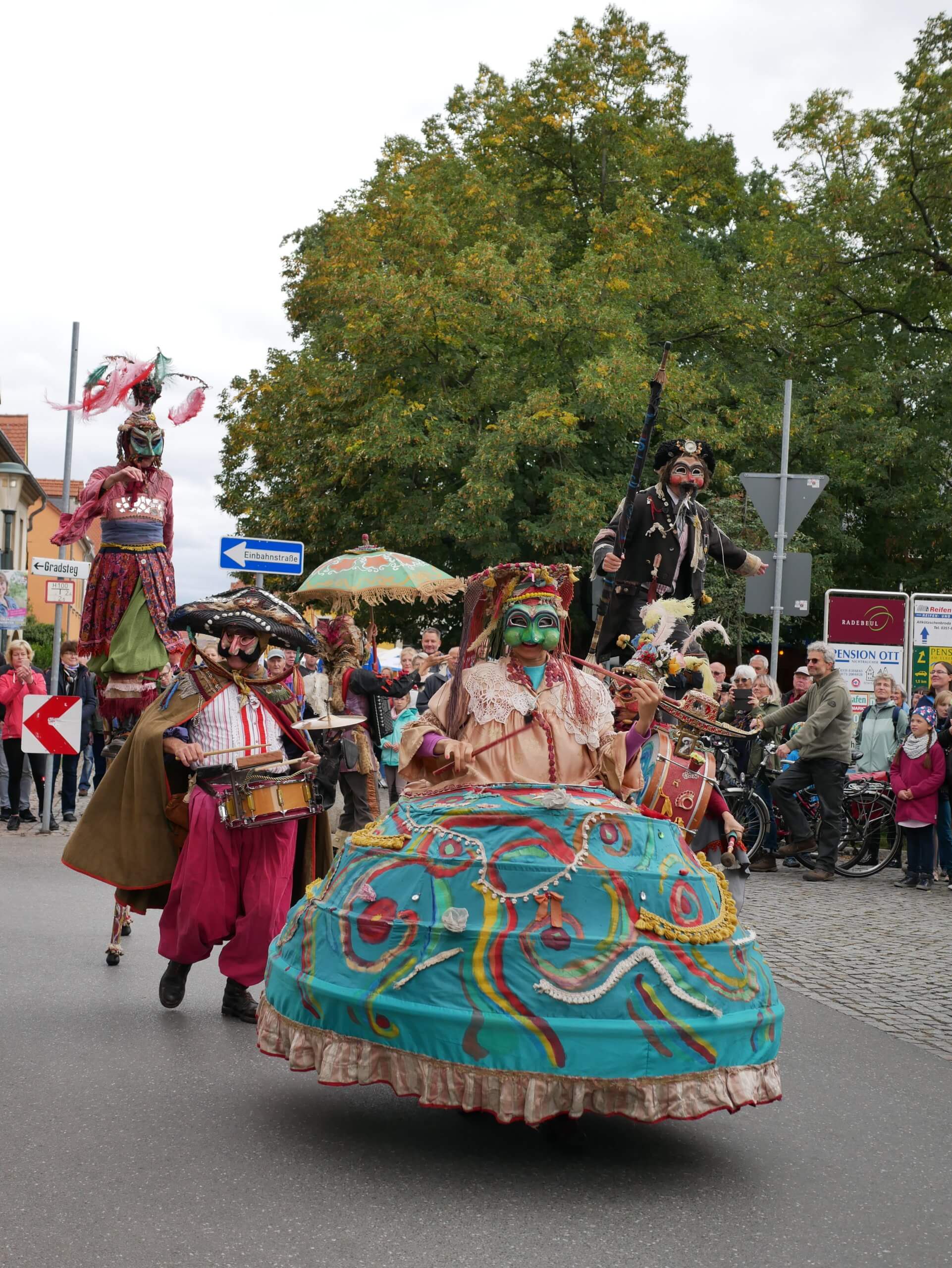
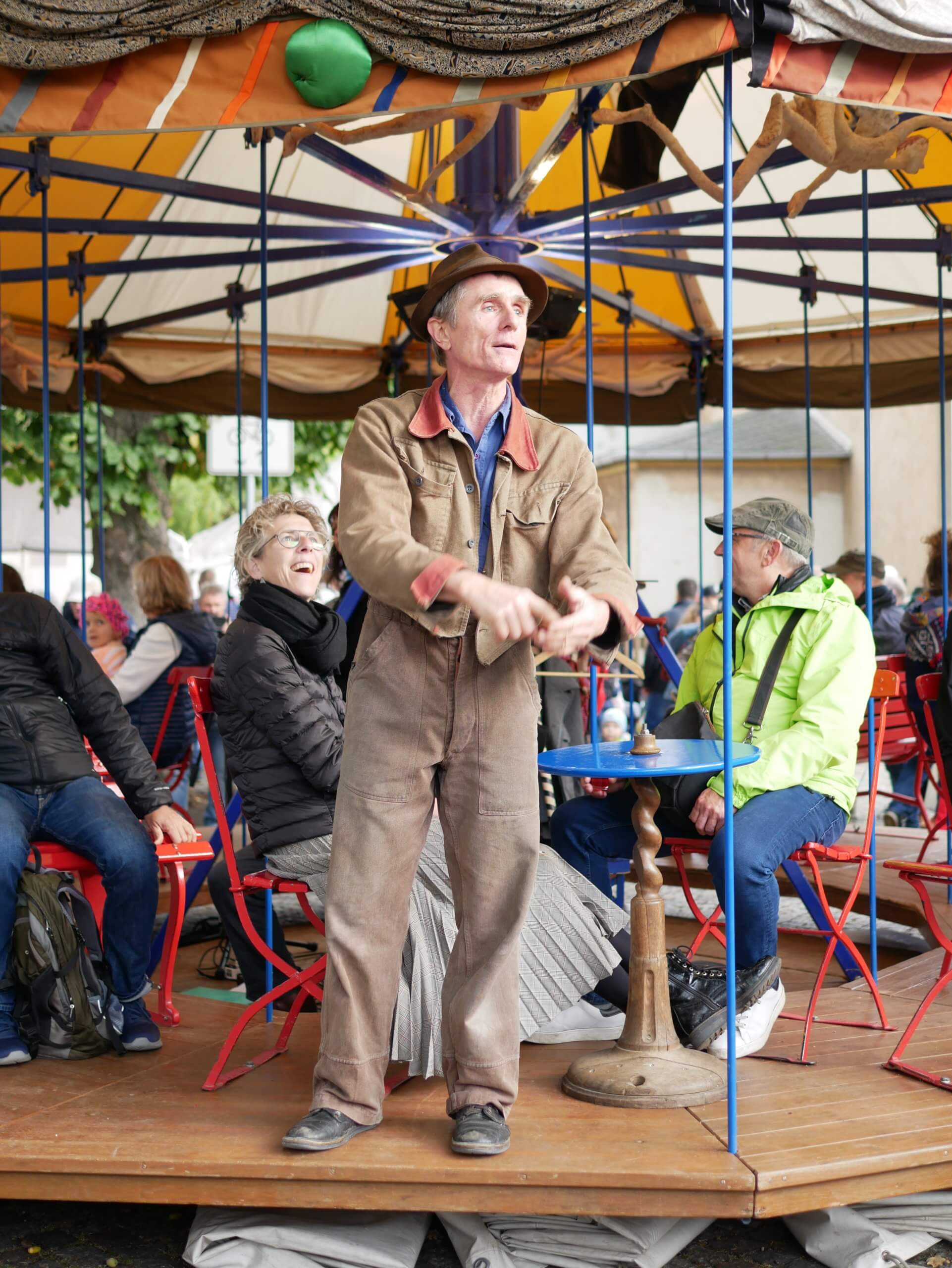
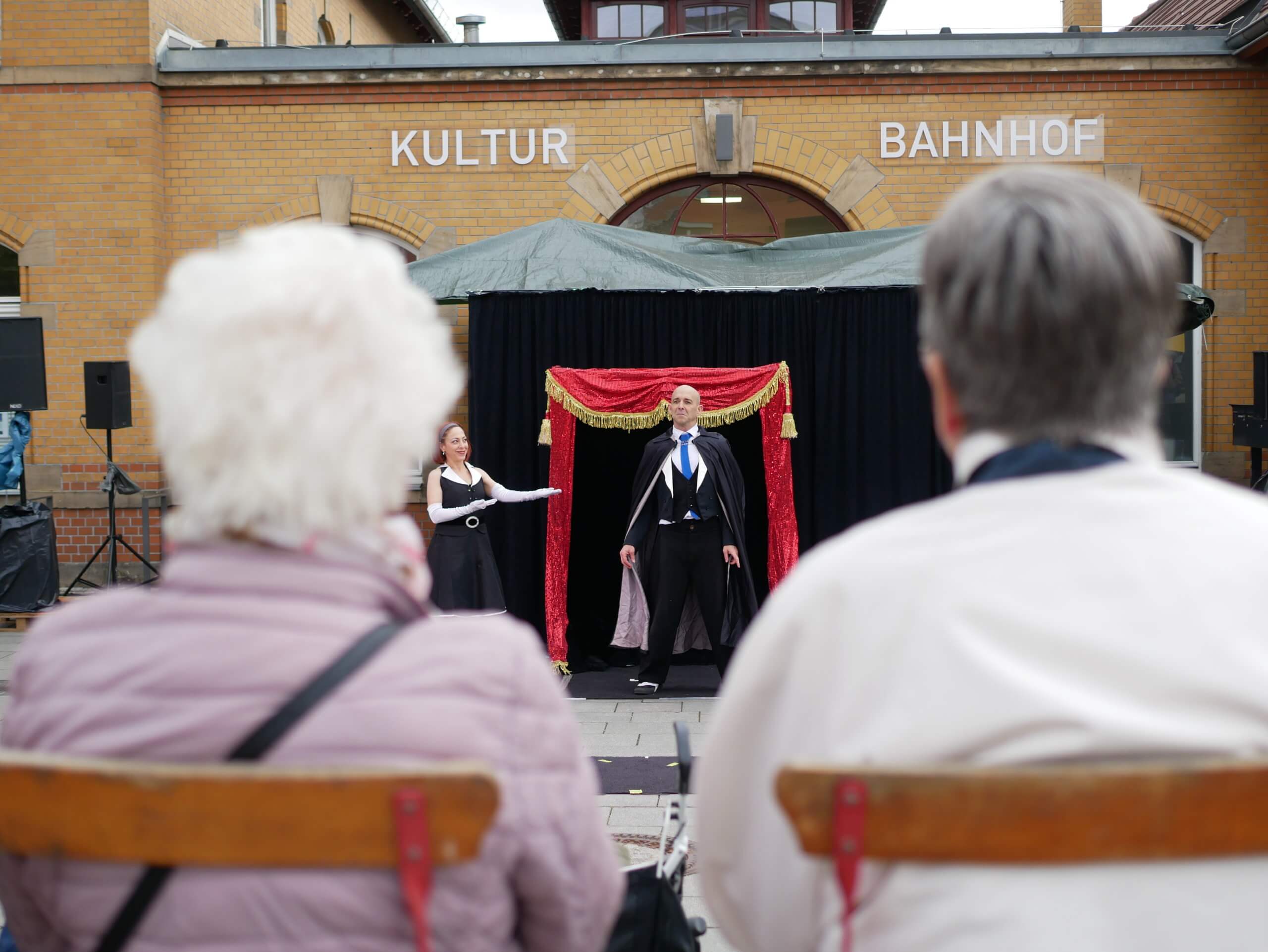
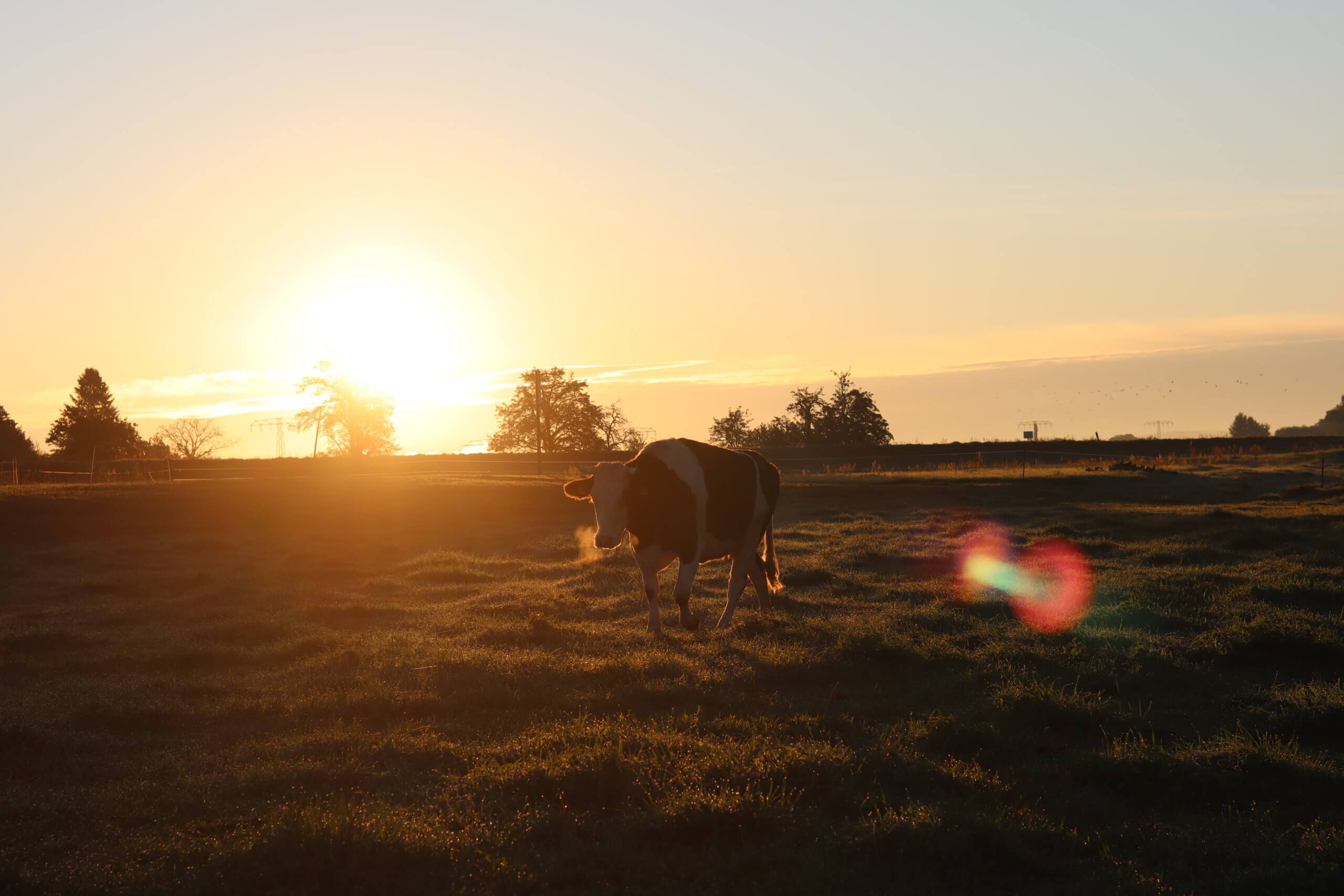
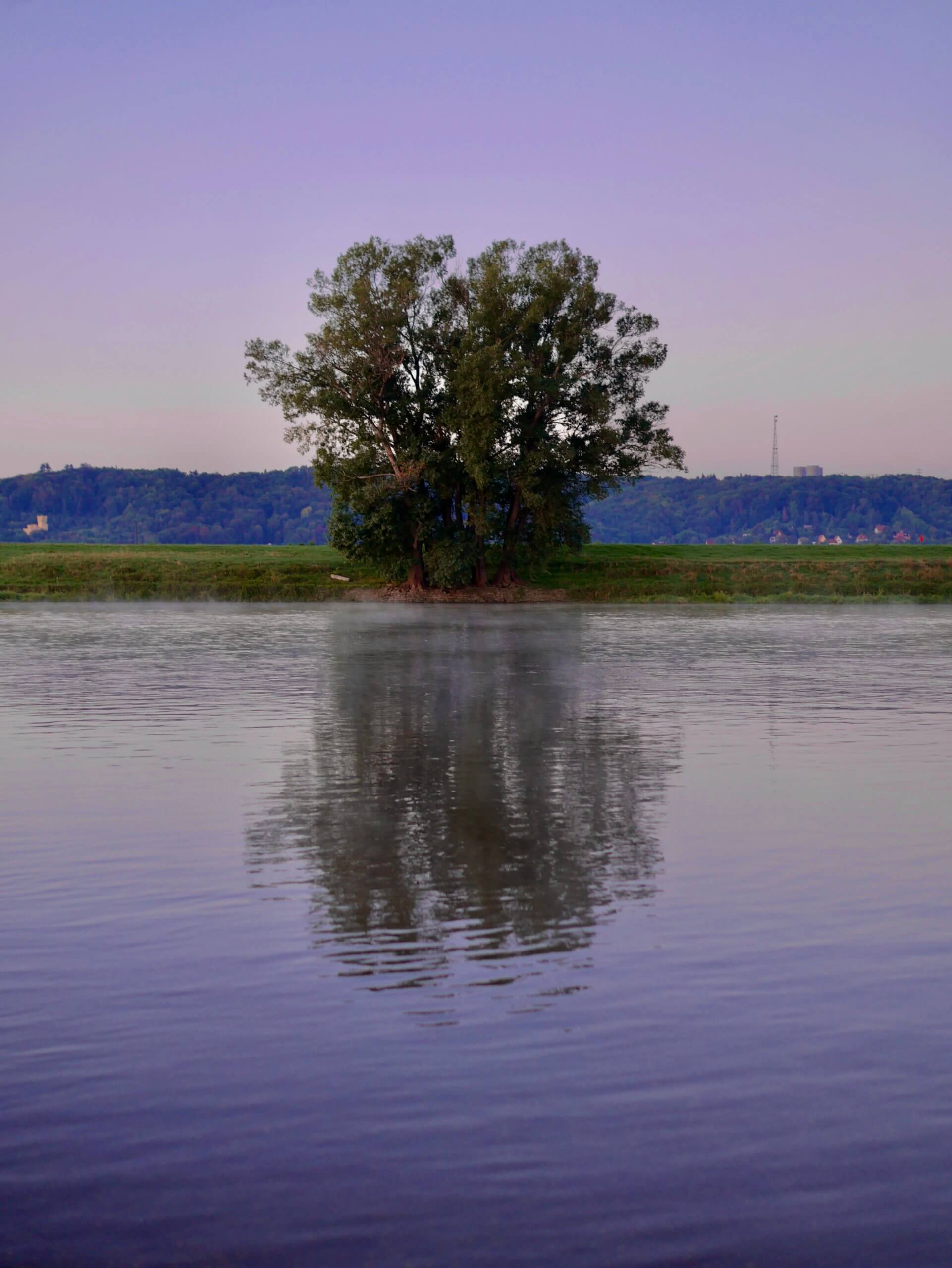
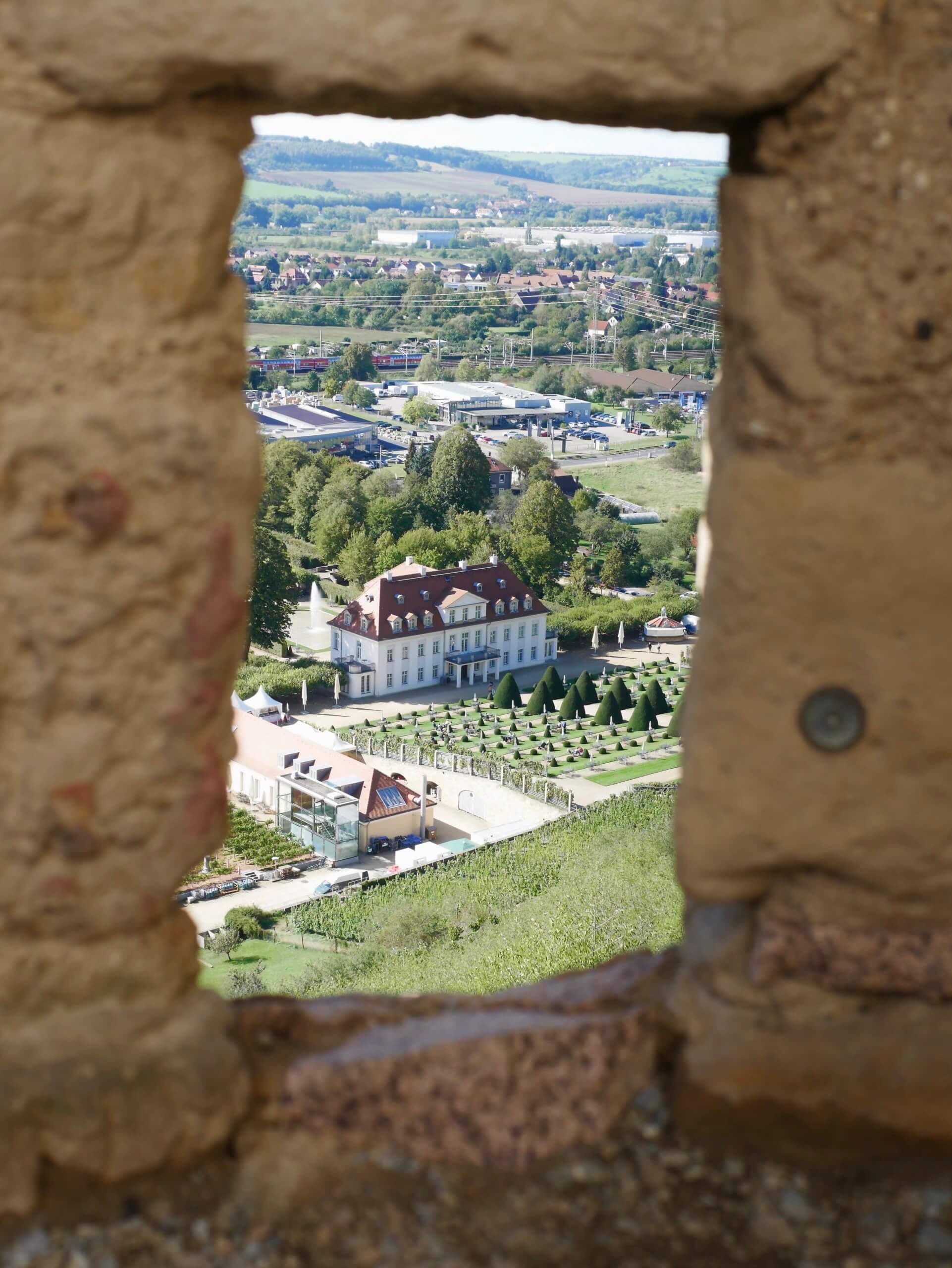
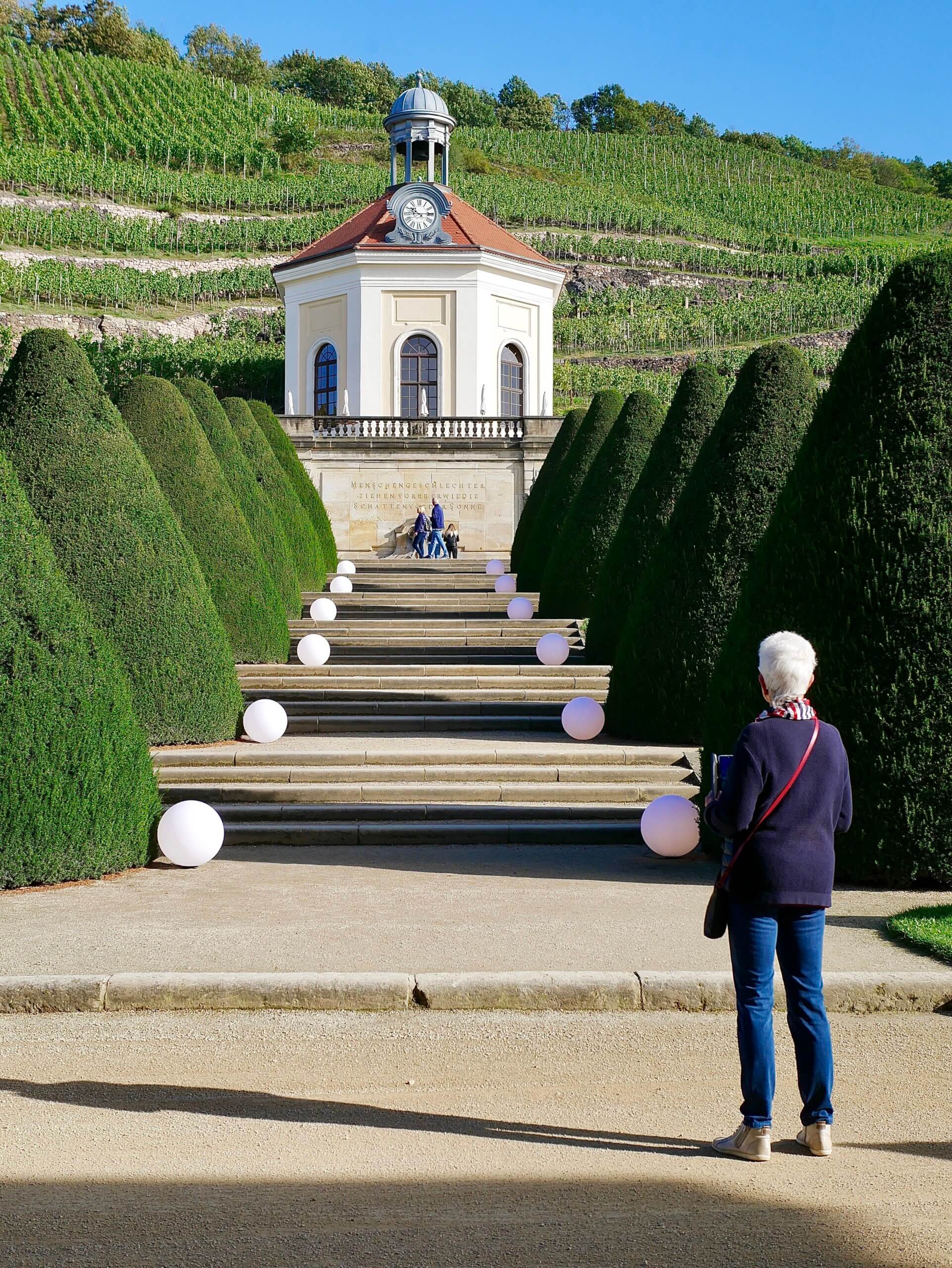
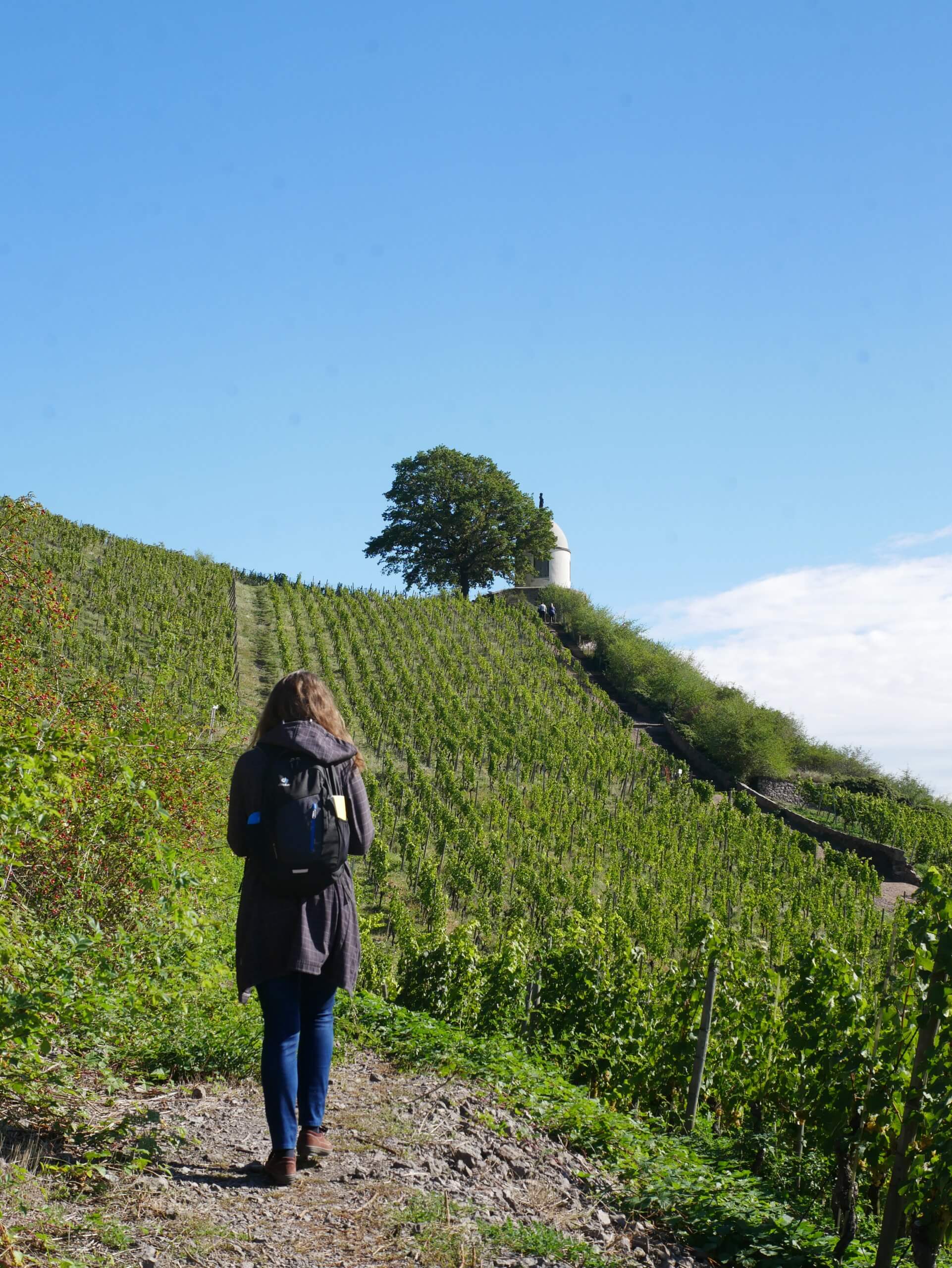
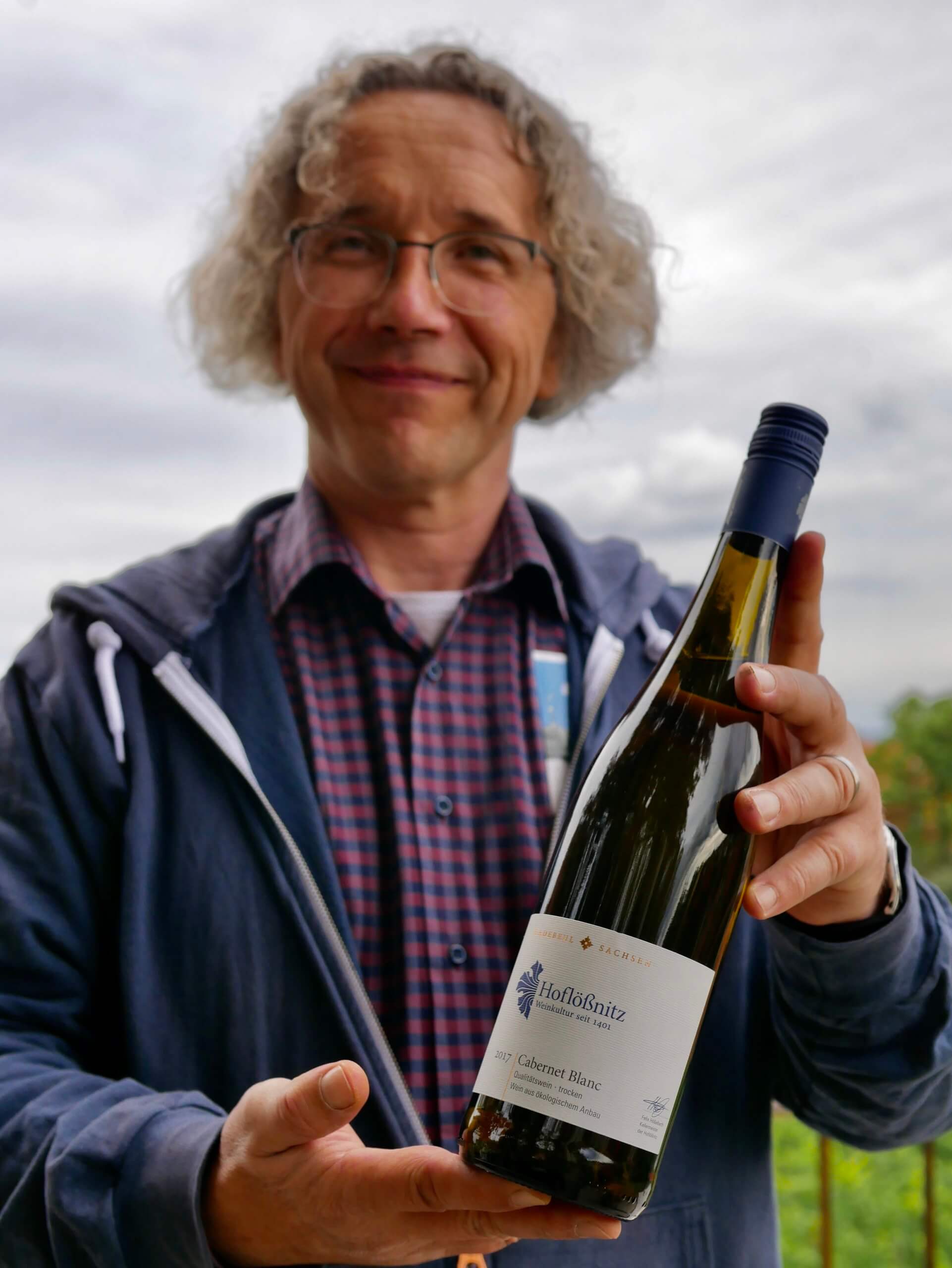
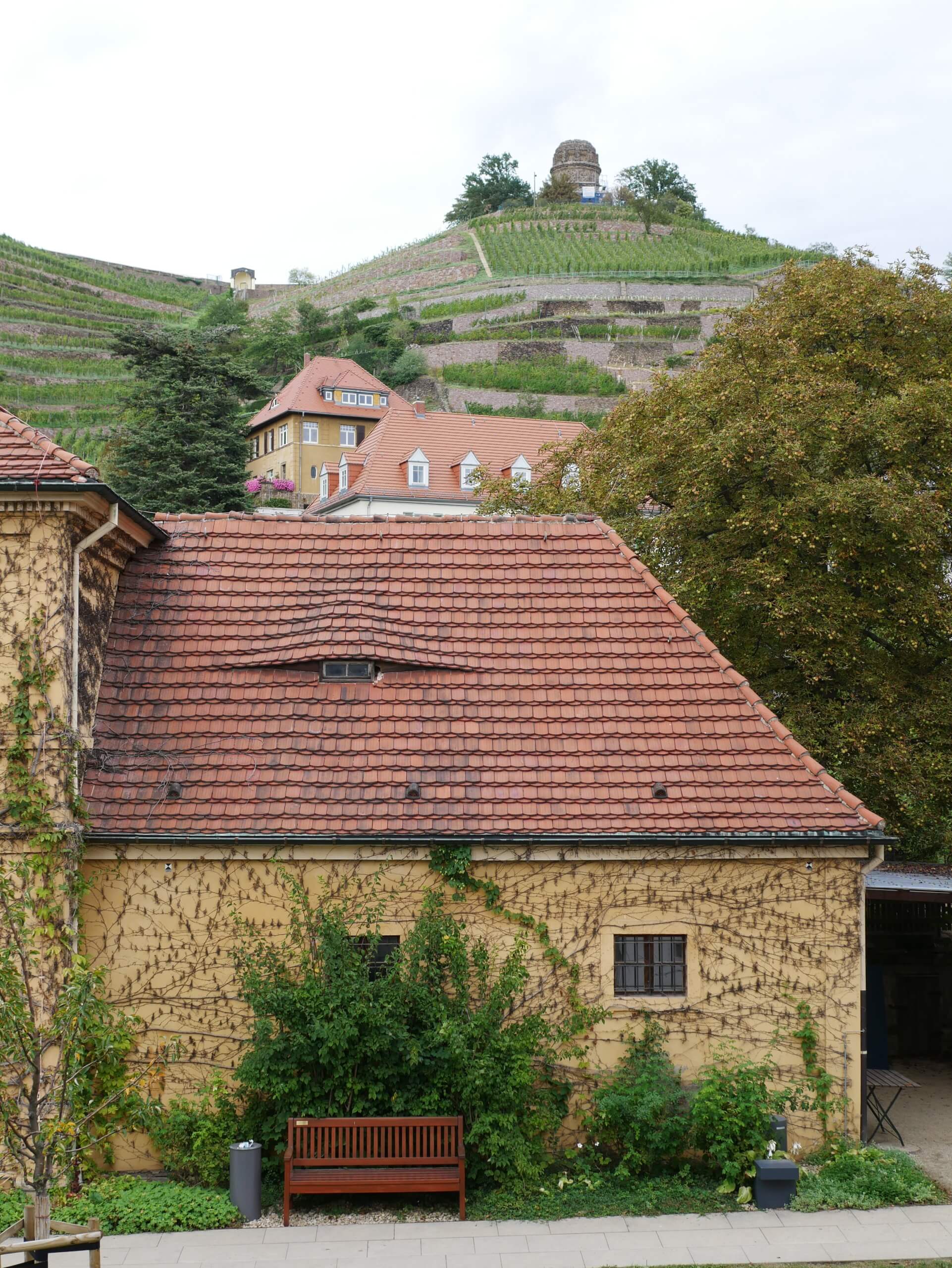
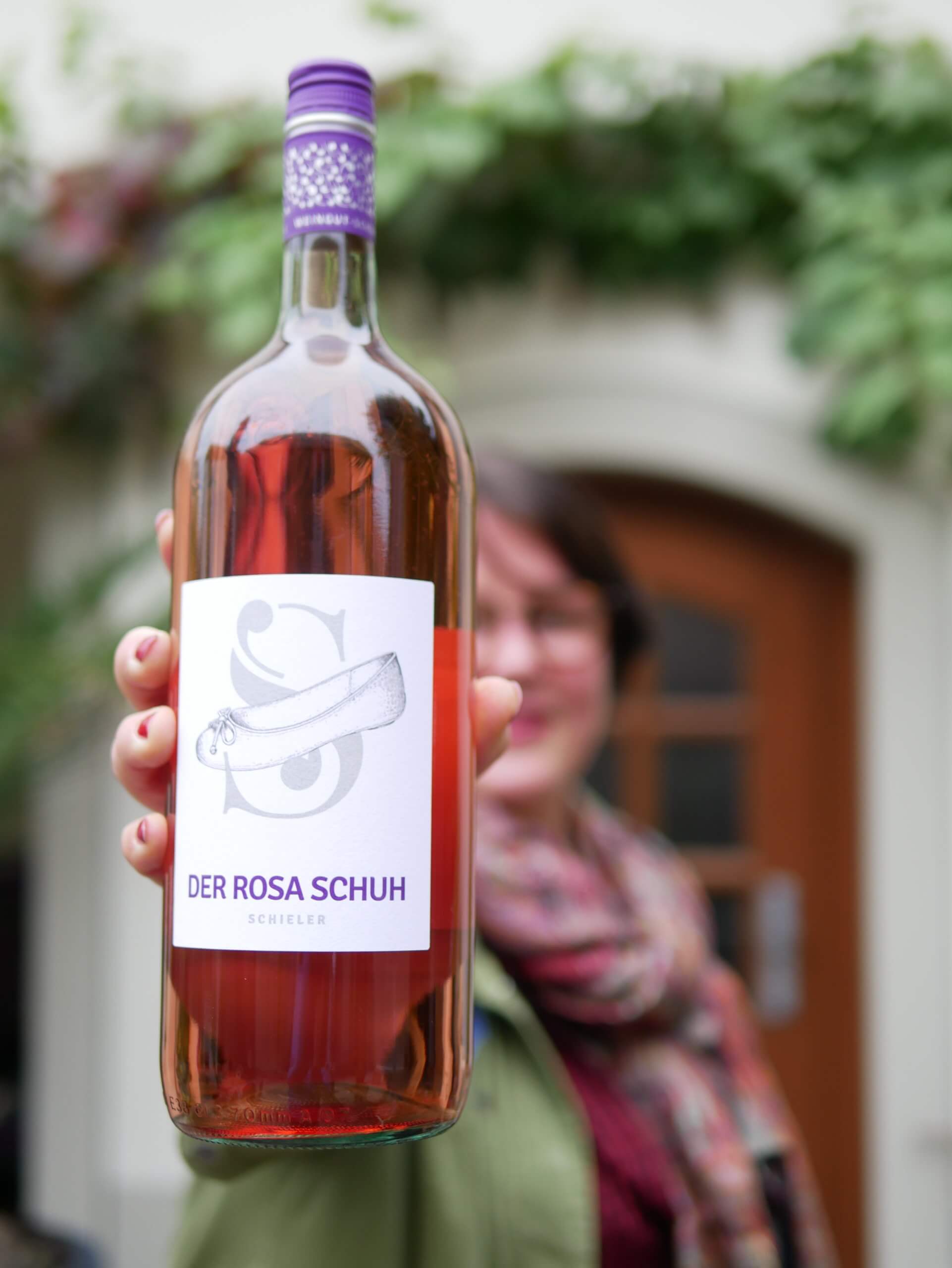
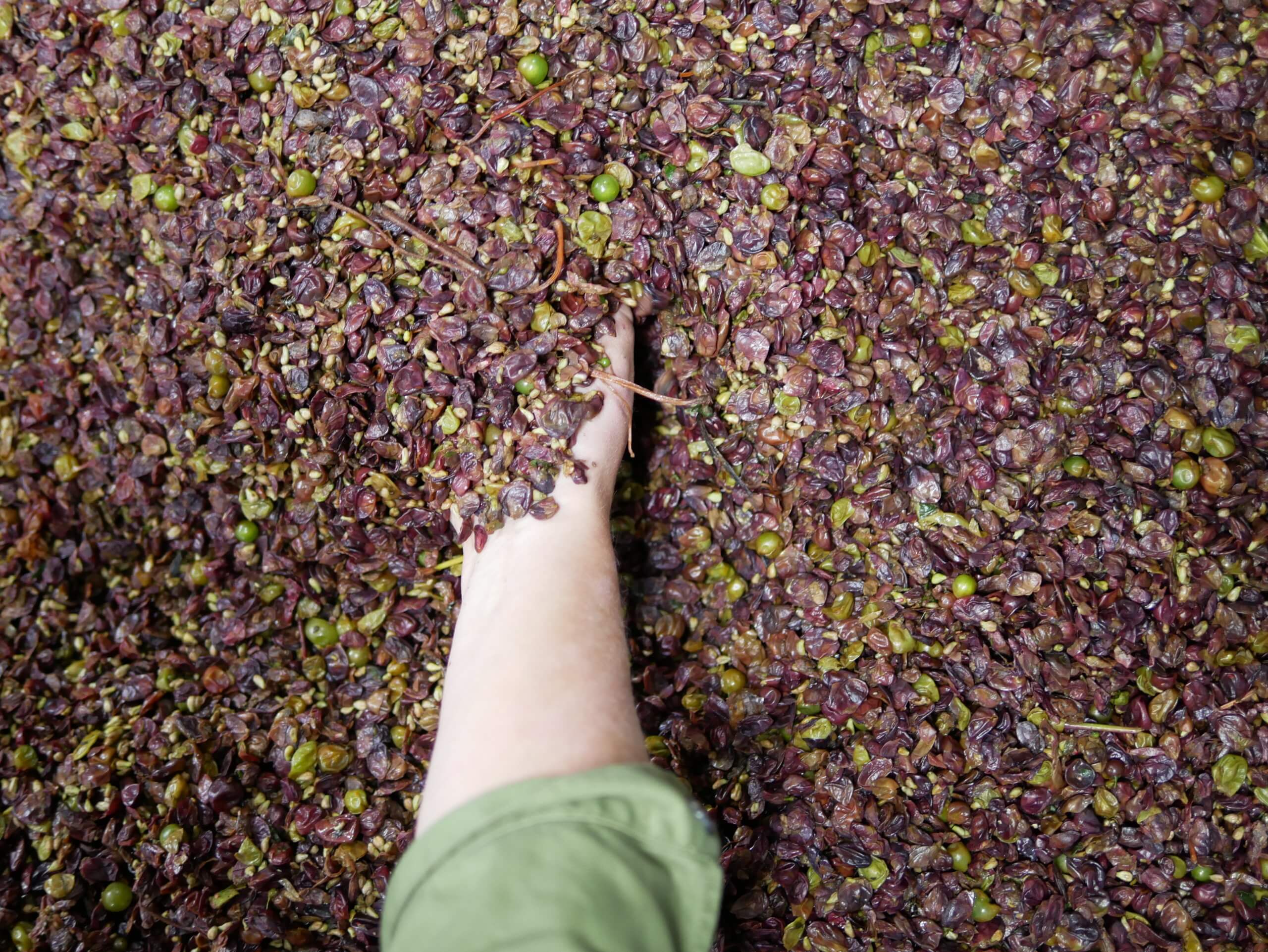
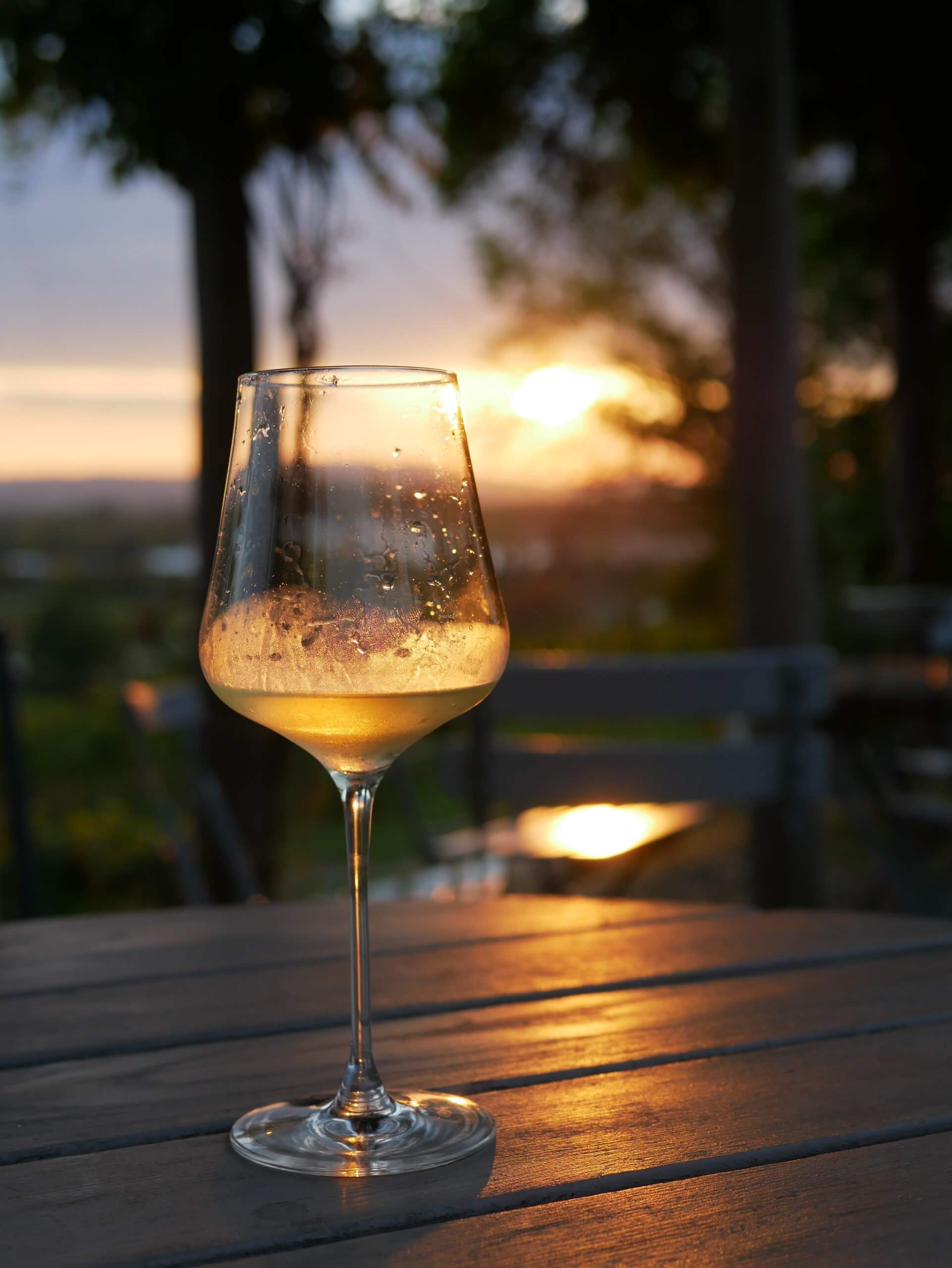
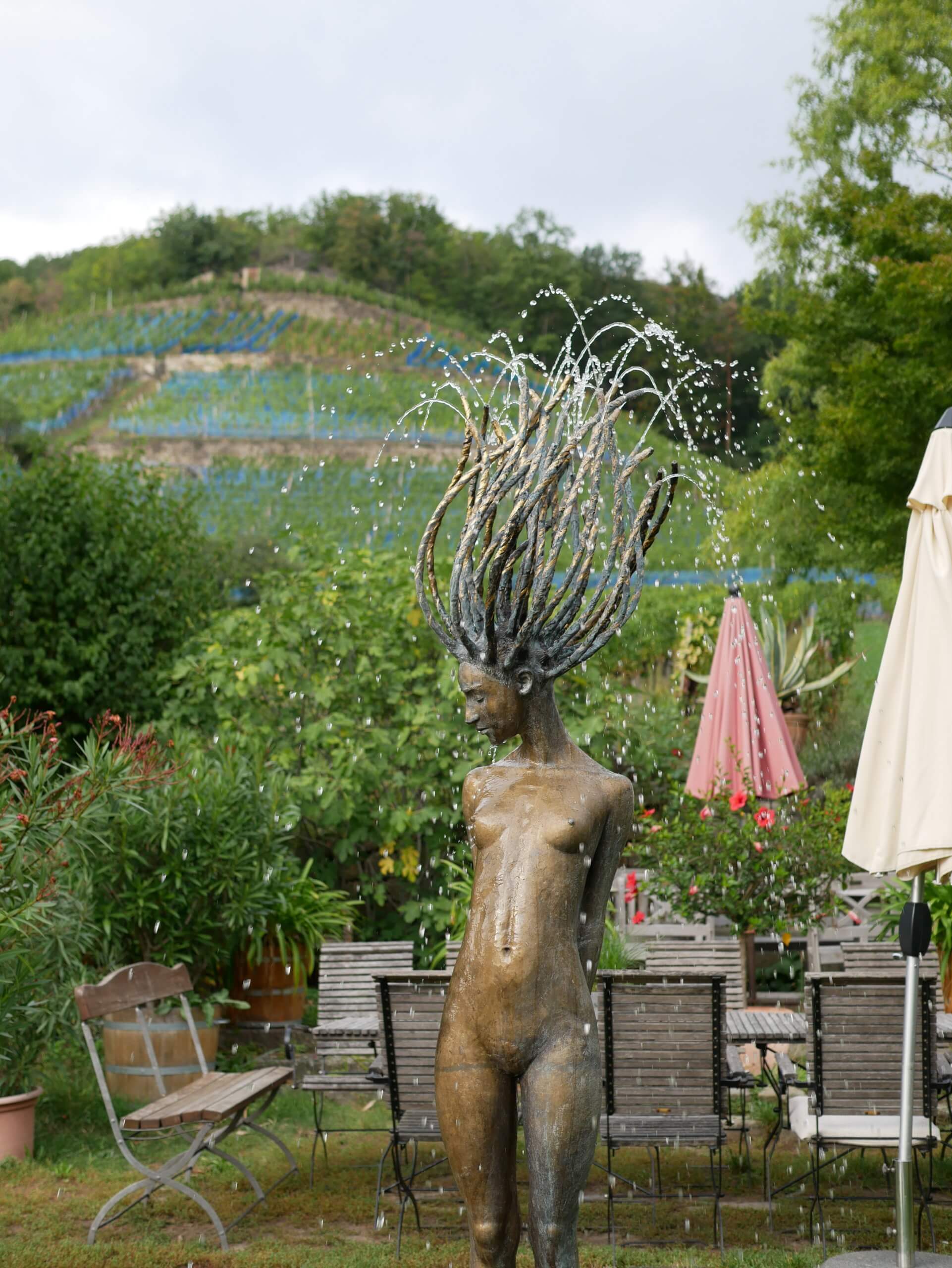
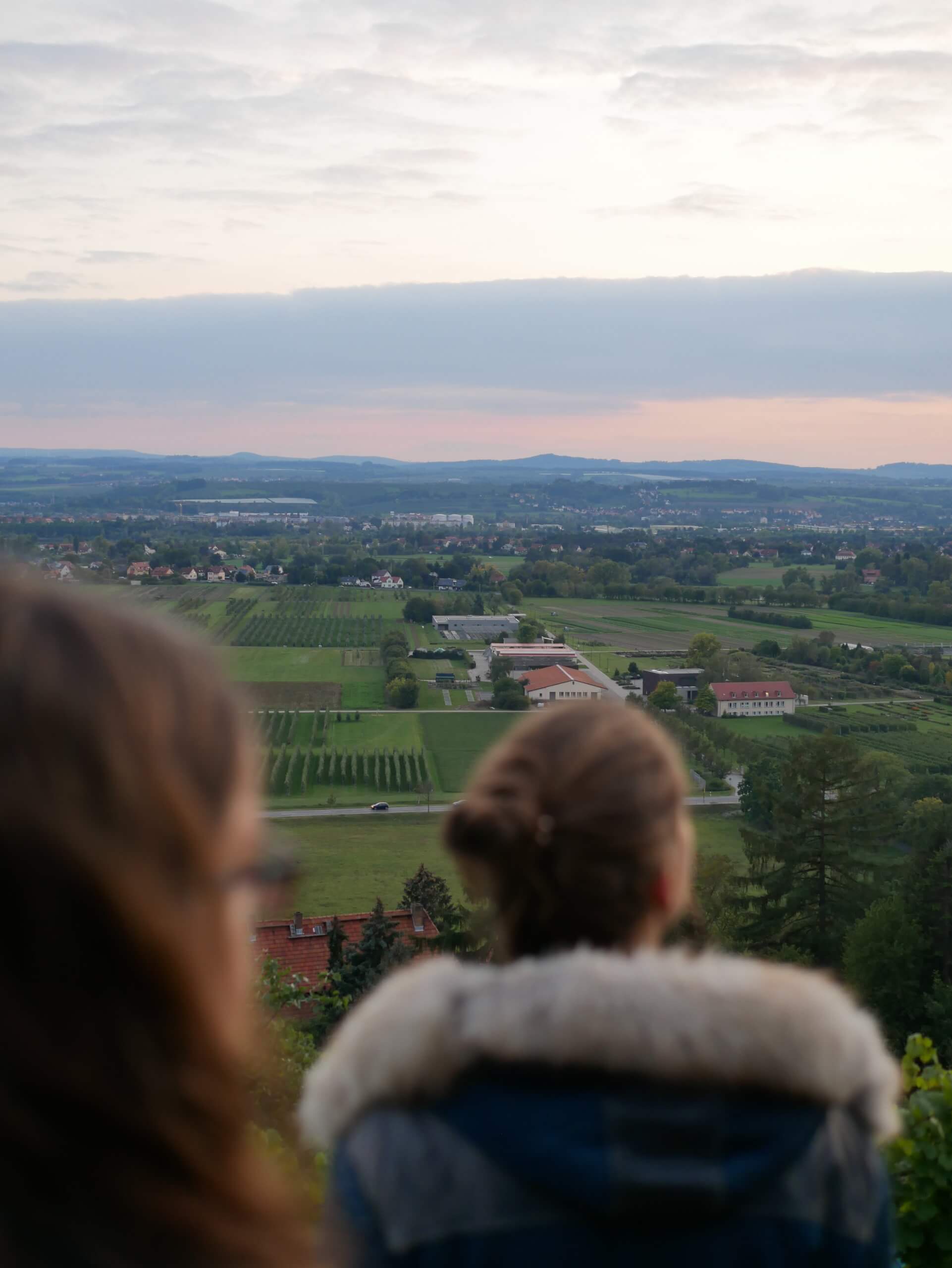
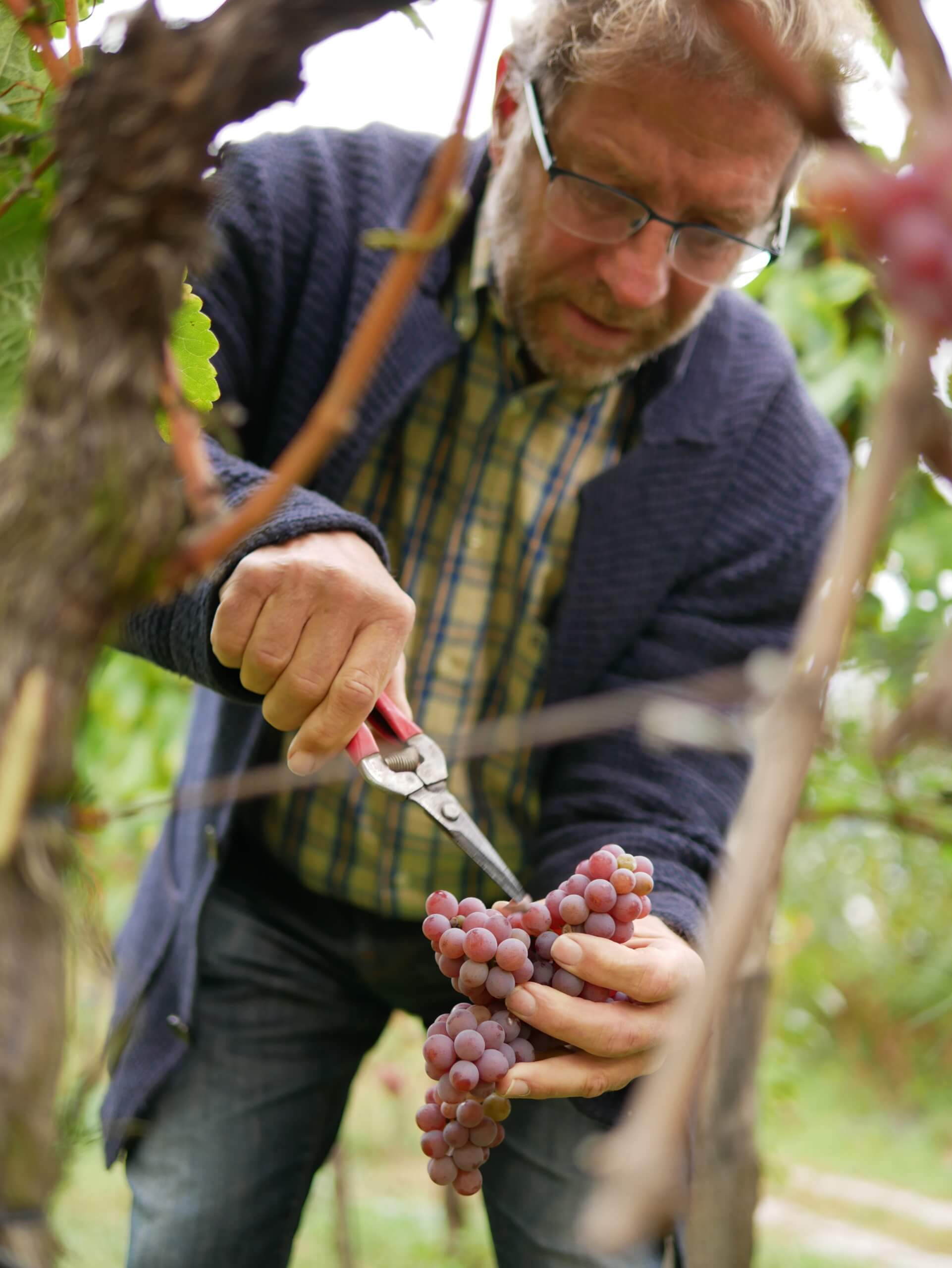
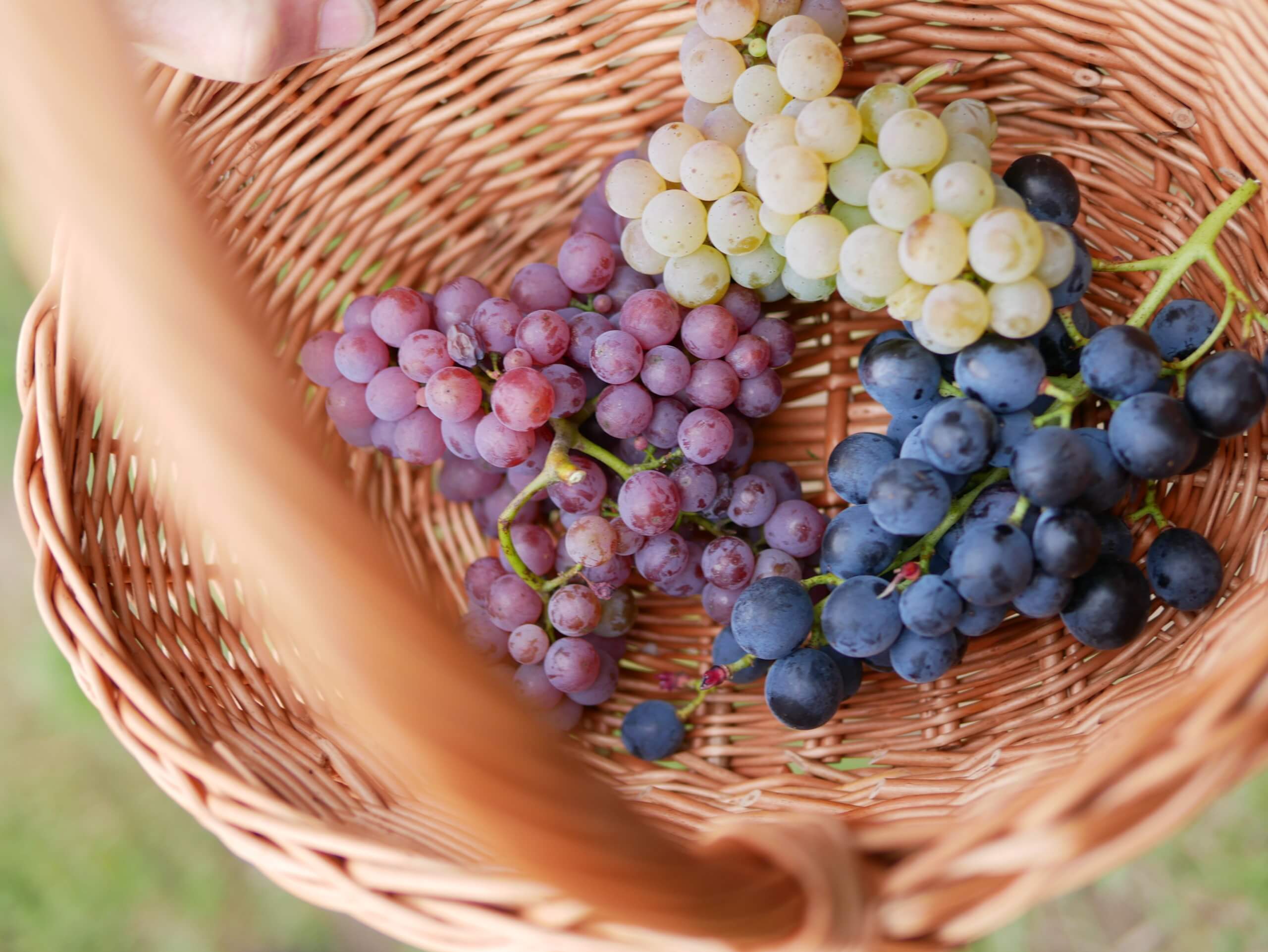
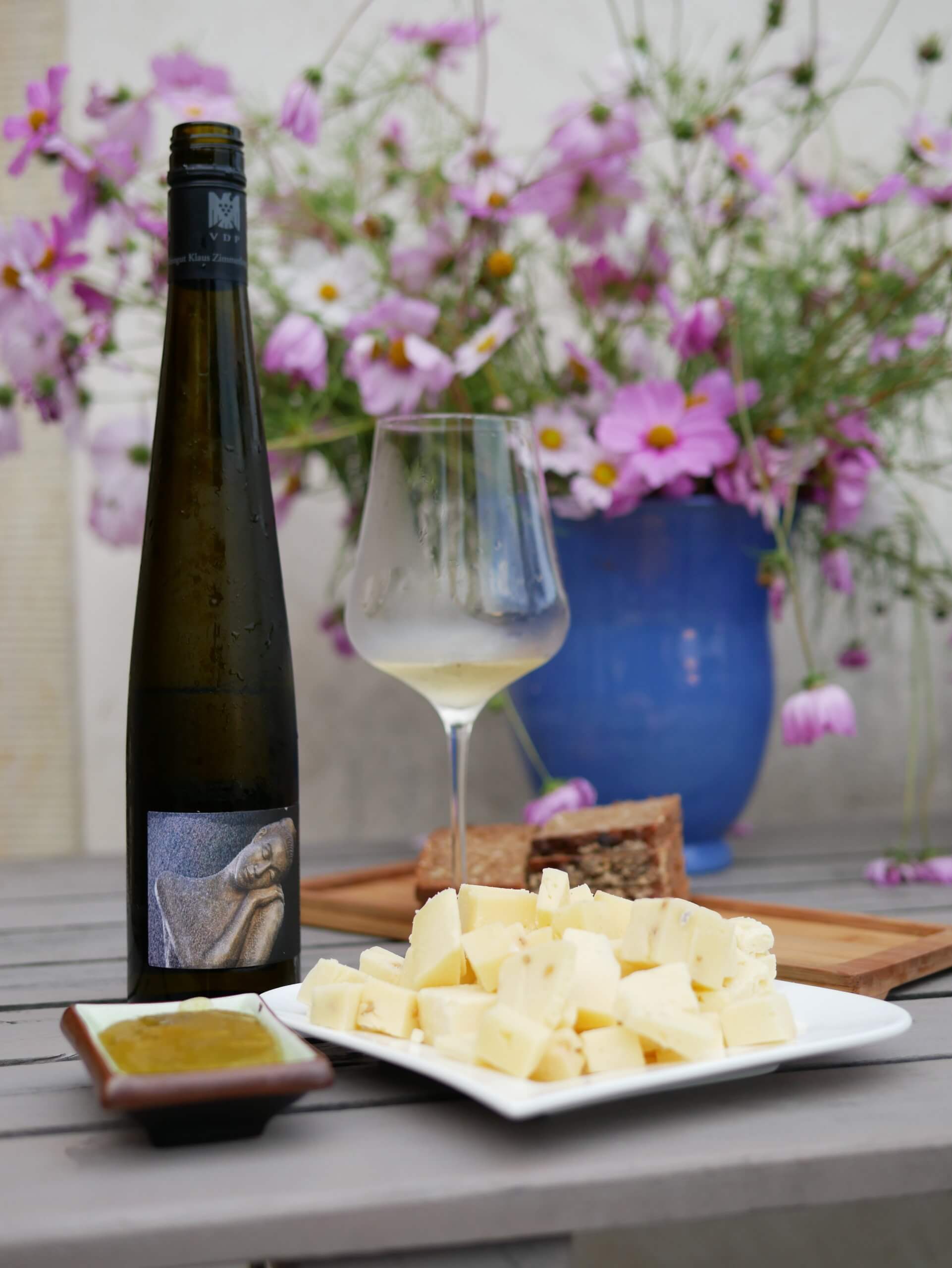
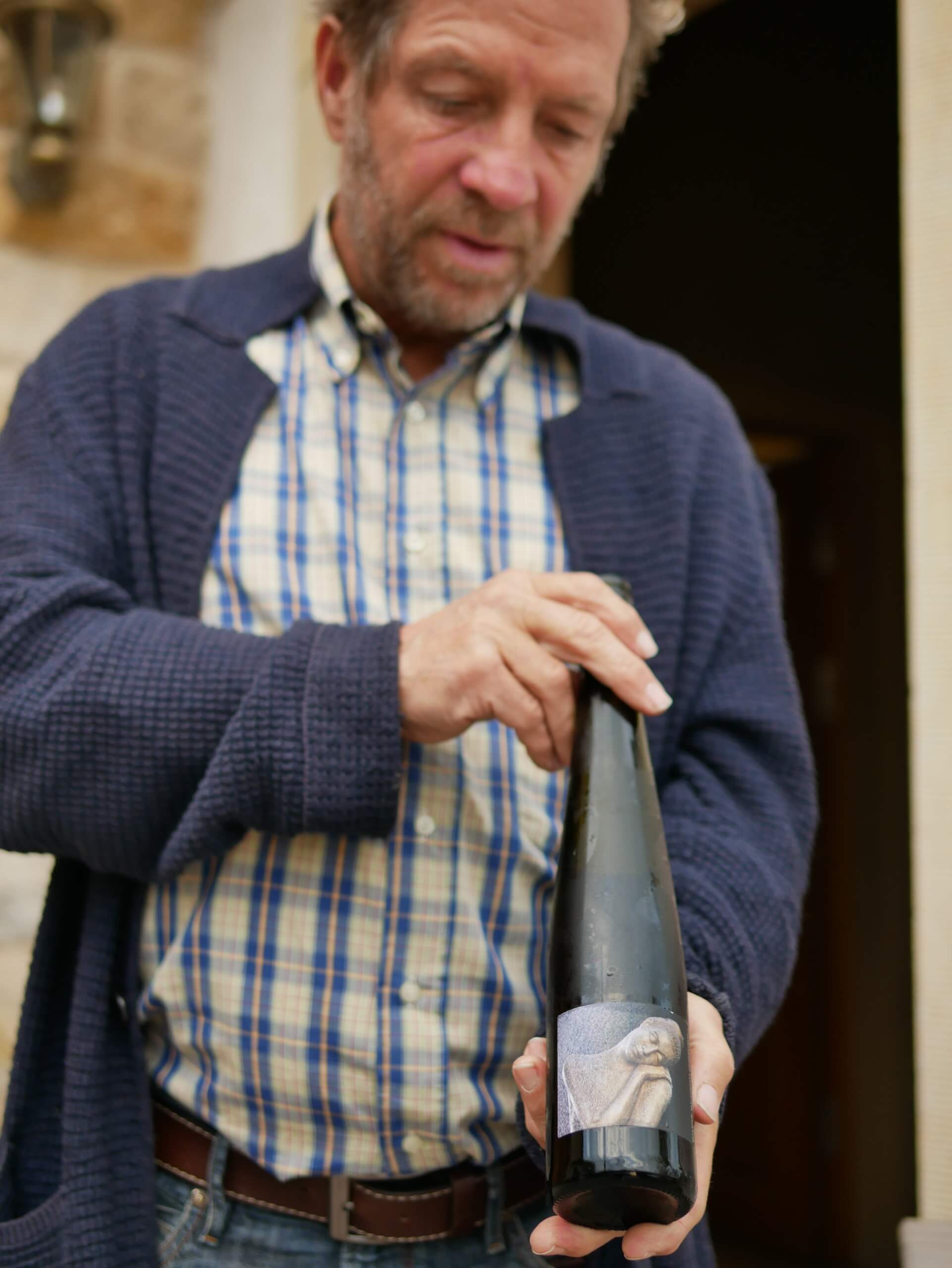
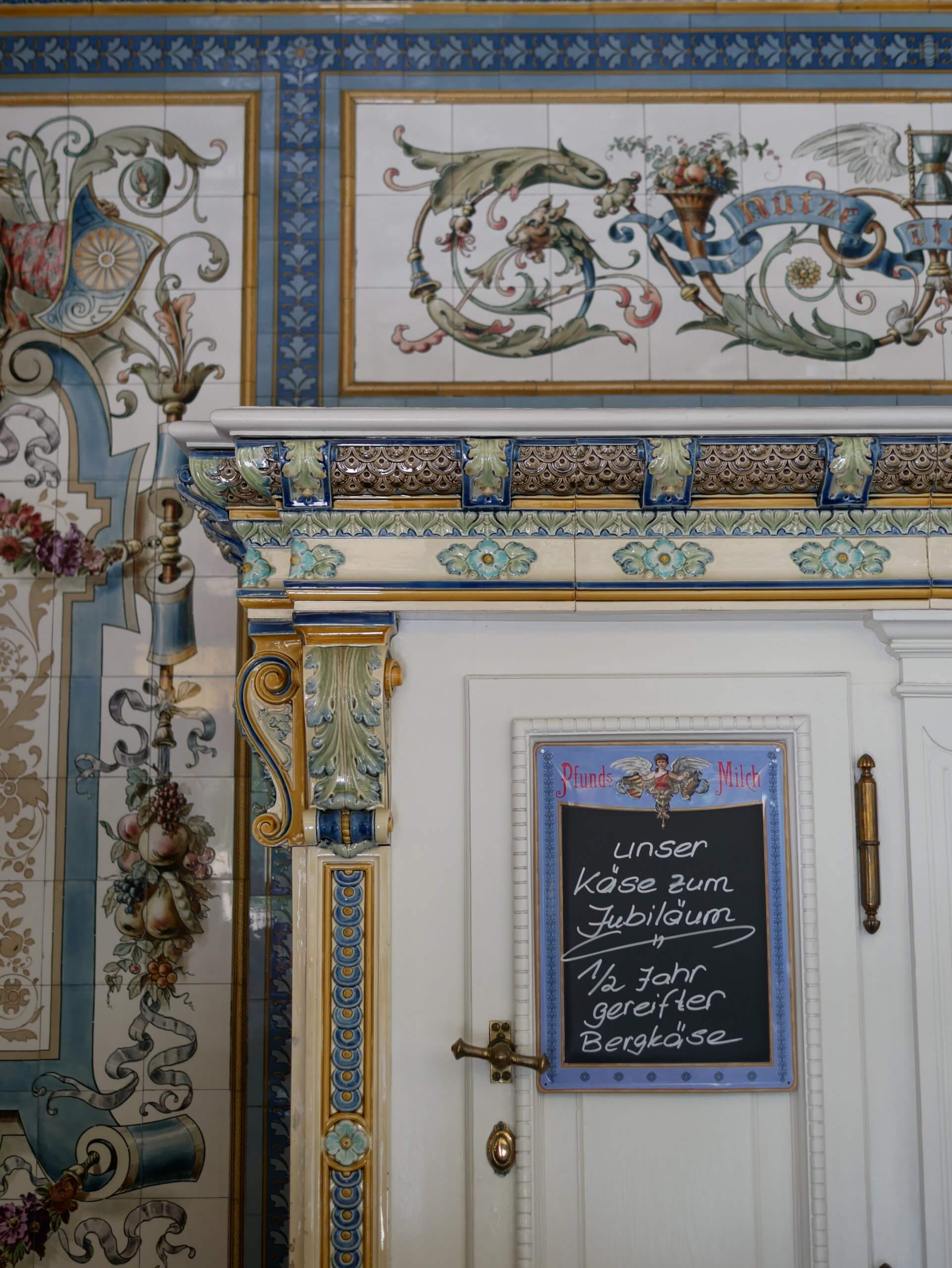
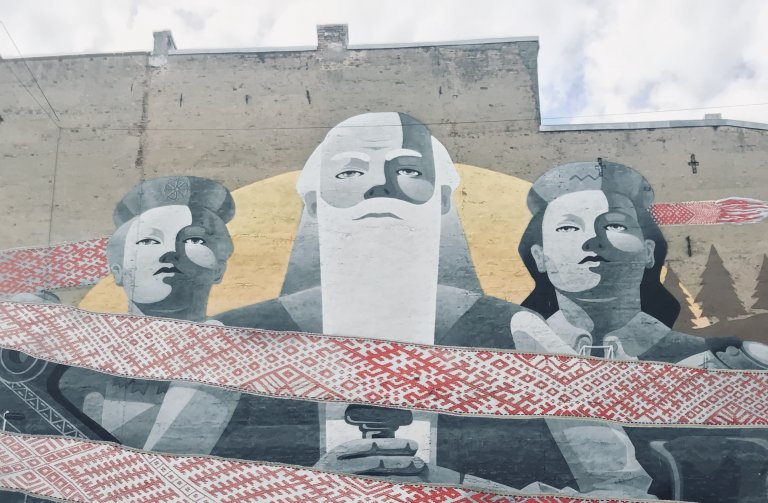
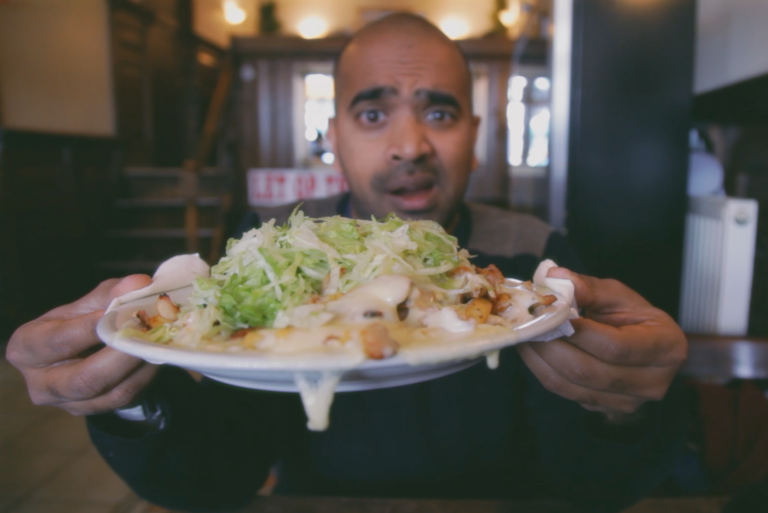
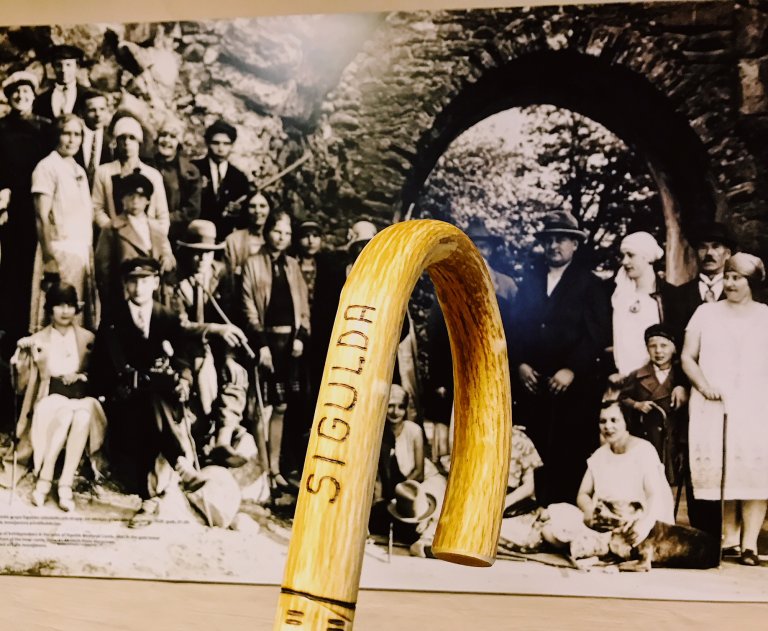
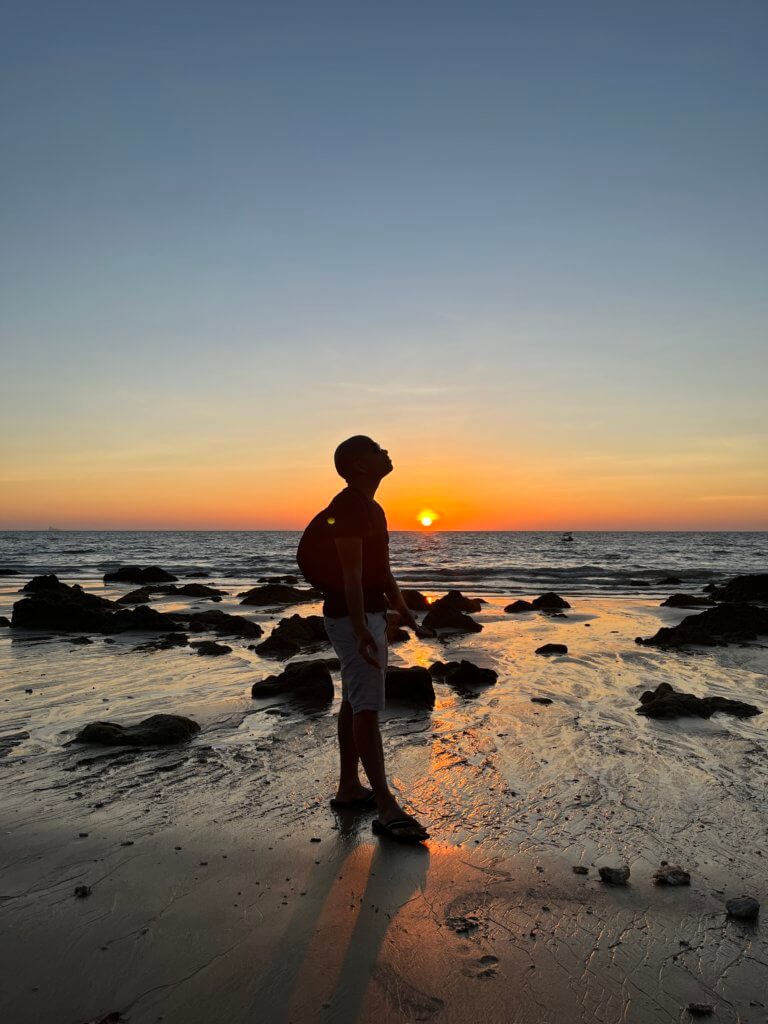
Saxony is a fabulous place to travel. When I was living in Germany I popped over there frequently and reading about the wine estates brings back fond memories. Here’s hoping we can travel more freely soon as Saxony is near the top of my wish list.
Hey Stuart
Great to hear from you and yes- Saxony is one of the regions that goes under the radar often for Brits which is a shame-so much history, nature and yup the wine trail is lovely. Where did you live in Germany? I see travel making a big comeback this summer….